Why we ran it: To see whether Audi has raised the bar for electric vehicles with its advanced Jaguar I-Pace rival
Month 4 - Month 3 - Month 2 - Month 1 - Prices and specs
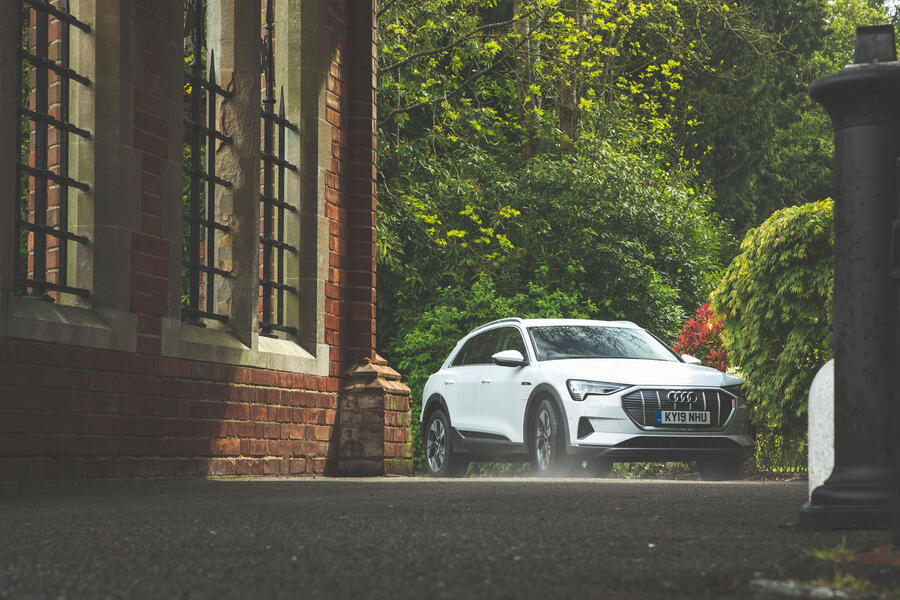
Life with a Audi E-tron: Month 4
Can Audi’s first EV live up to its luxury SUV billing in real-world use? We’ve had 5000 miles to find out - 16th October 2019
Range is a crucial consideration for most drivers of electric vehicles (EVs). The farther you can go between recharges and the less time you have to spend replenishing batteries, the easier it is to live with such a car.
So, given that Audi’s first dedicated EV can’t match its main rivals on that front (as we know from both official tests and our own experience), was it a mistake choosing to run an E-tron, rather than another electric luxury SUV such as a Jaguar I-Pace or a Tesla Model X?
Not in the slightest. Over nearly 5000 miles – unusually heavy use for me – the E-tron not only easily got me everywhere I wanted to go, serving as my only car, but it also proved to be one of the most refined, comfortable cars I’ve driven. In the wider context of its ability to deliver all the trappings of luxury, the E-tron is up there with the best, thanks to its exceptionally low noise levels and incredibly cosseting ride, as well as its super-smooth electric powertrain.
I found that the E-tron could cover up to 220 miles on a full charge, which is on a par with the range from our road test, although it was rare that I depleted the battery that much before topping it up. That was sufficient to tackle long trips, even back to back, without fear, although a range of 300 miles would still have been welcome, simply to reduce the time spent faffing around at public charging sites.
Recharging times varied greatly, depending on what the E-tron was plugged into. It could be topped up really quickly (30-80% in about 15 minutes) via a high-power, 350kW charger from the Ionity network, but they’re thin on the ground at the moment. However, it was painfully slow when connected to my 3kW wallbox at home, requiring around 28 hours to go from nearly empty to full. Even Ecotricity’s 50kW rapid chargers, found at most motorway service areas, seemed barely adequate for such a big battery.
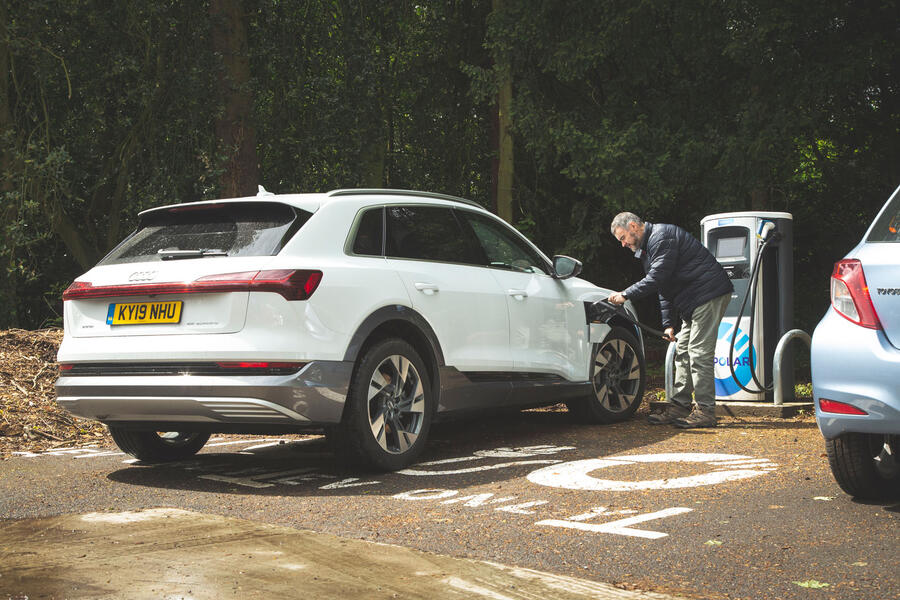

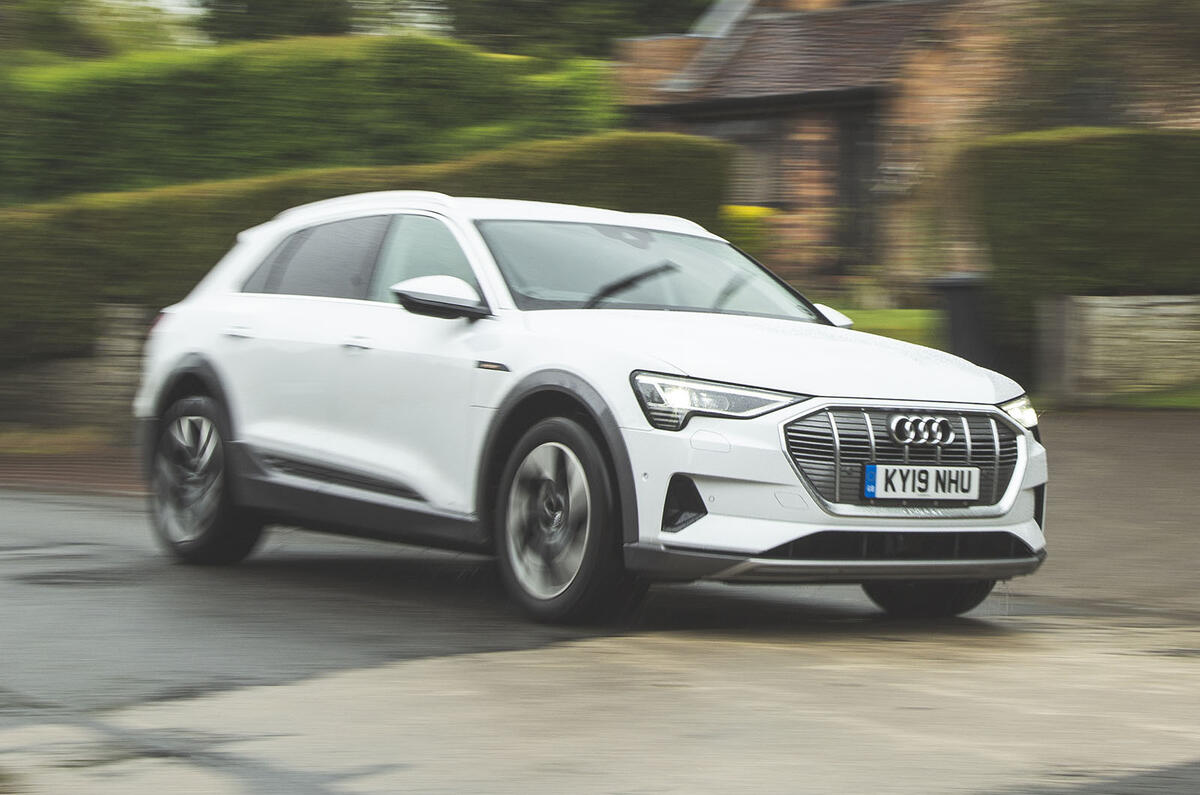
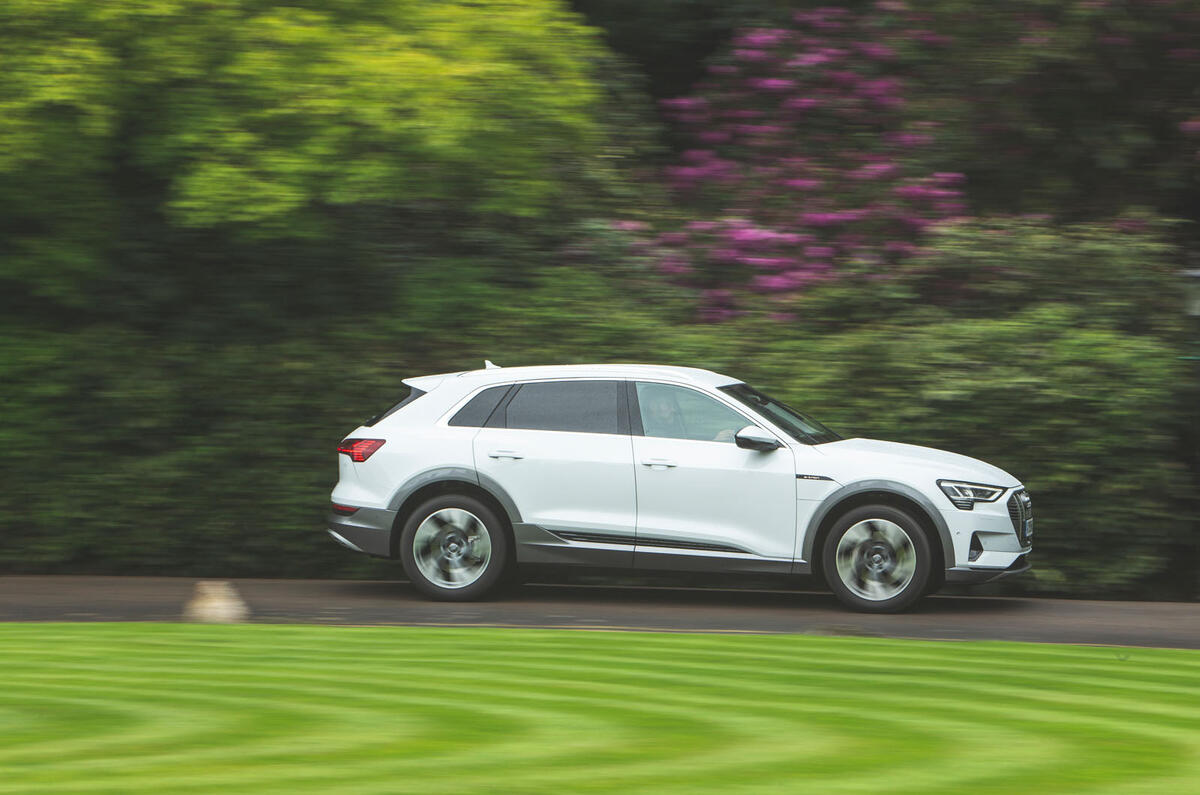
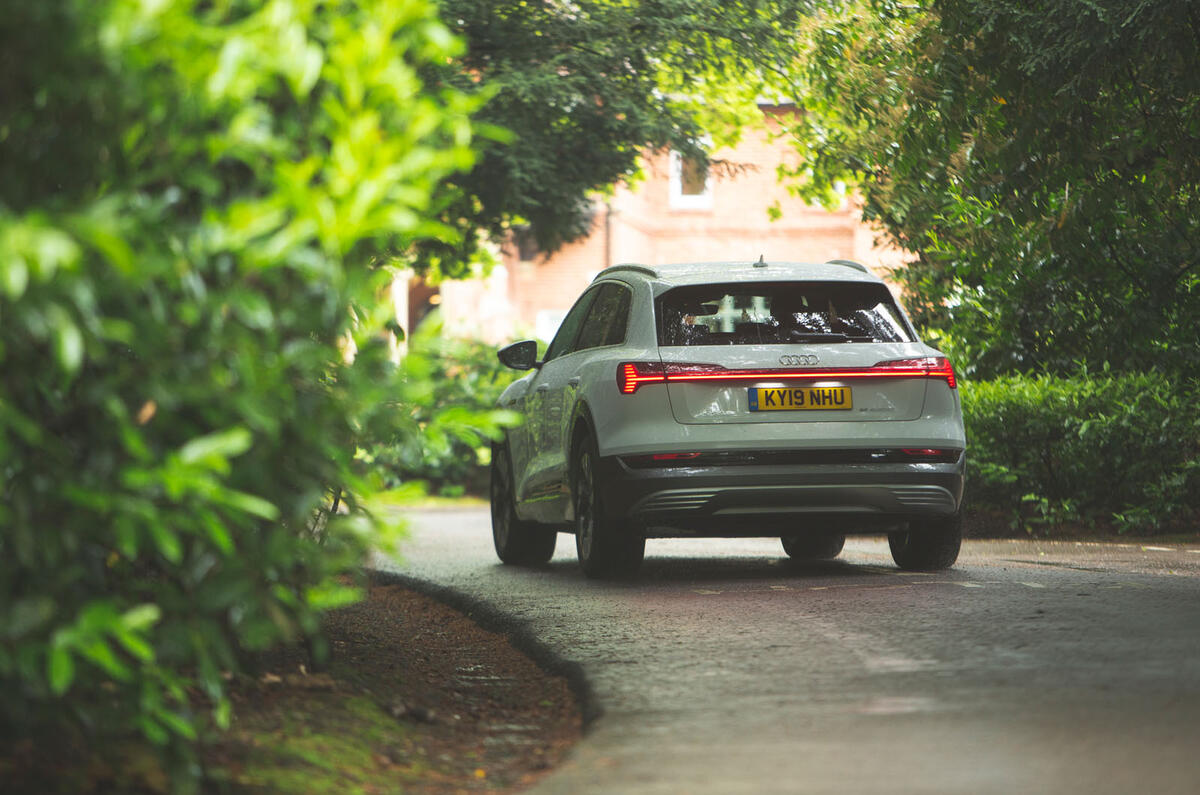
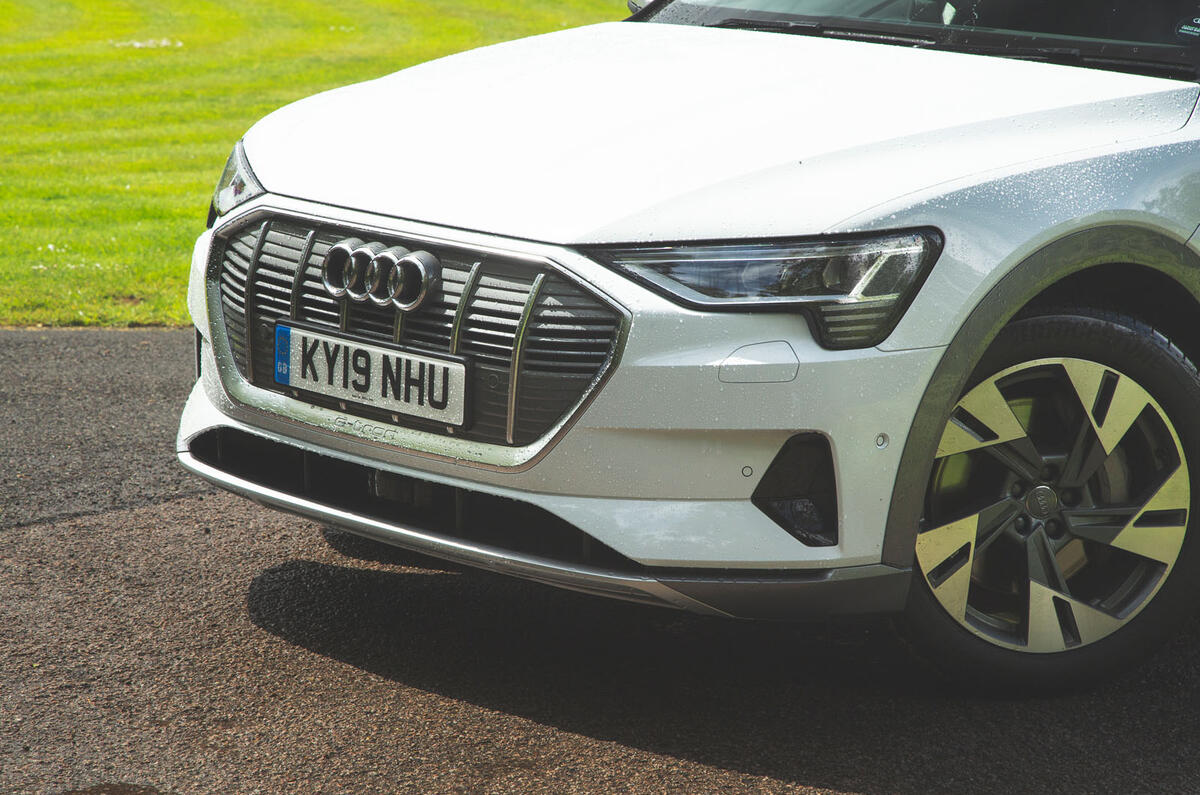
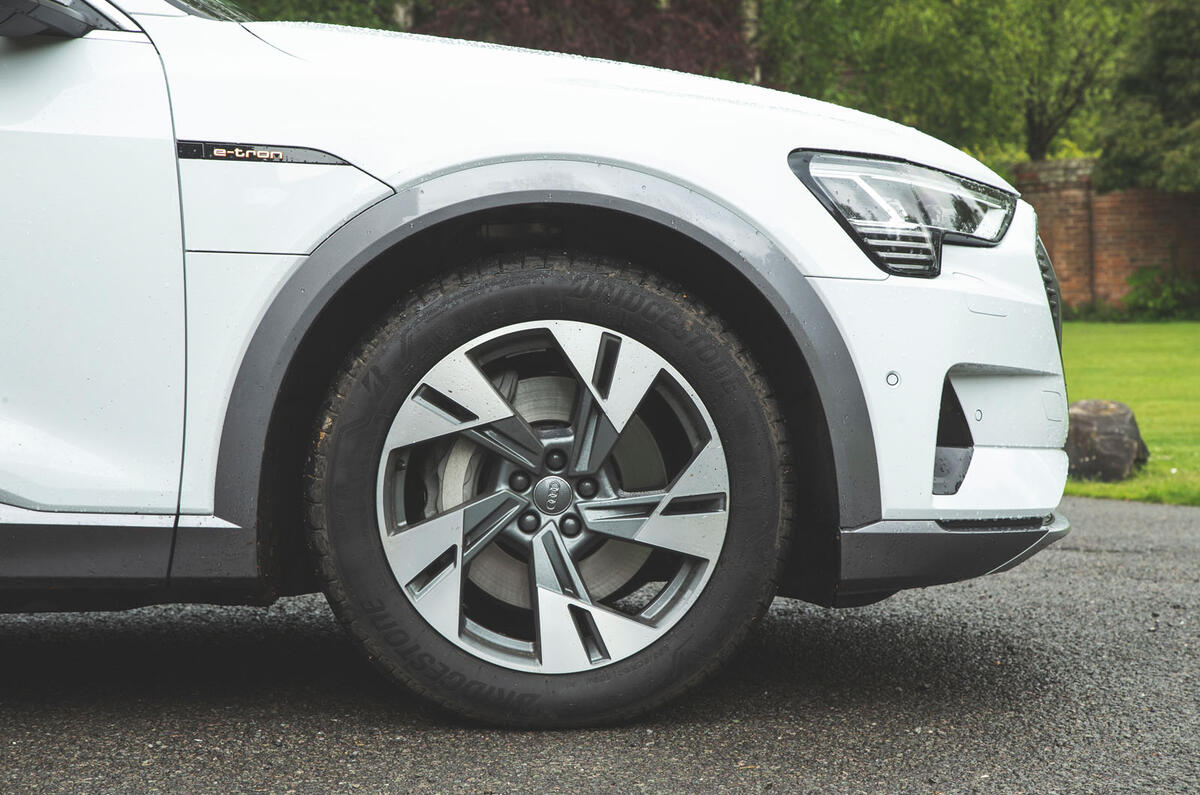
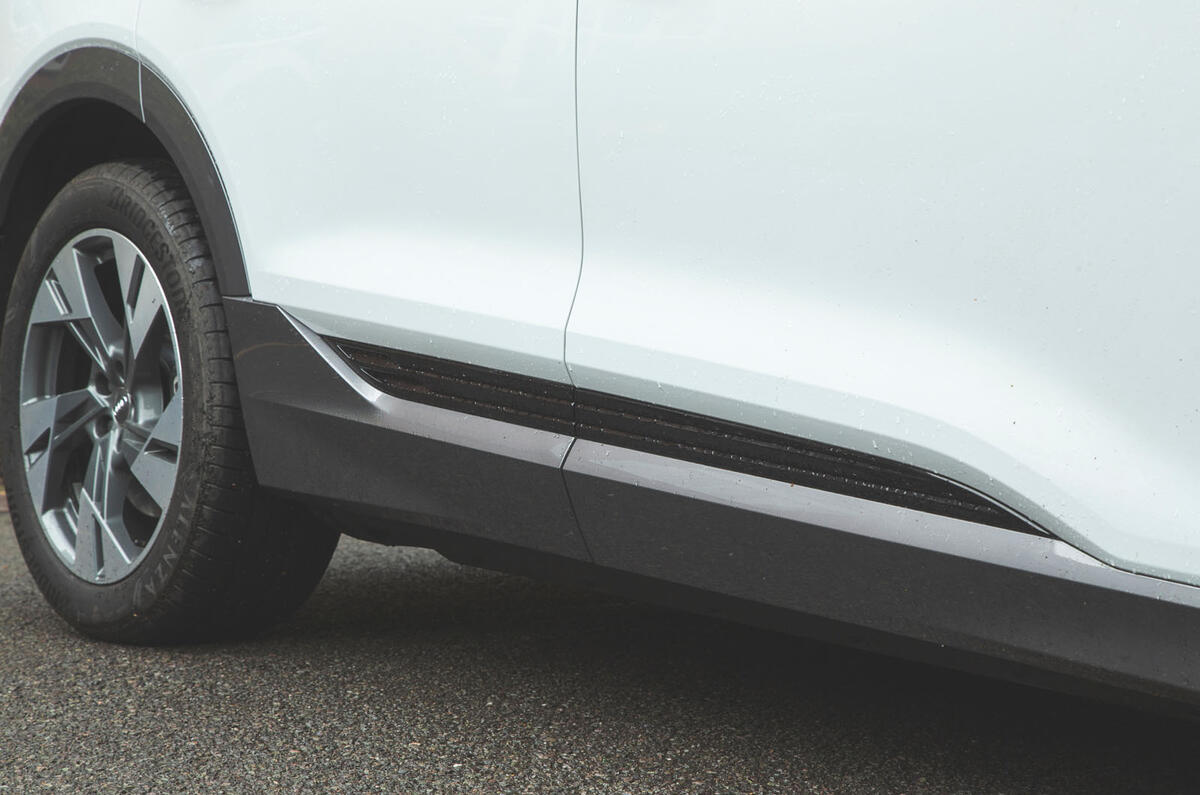
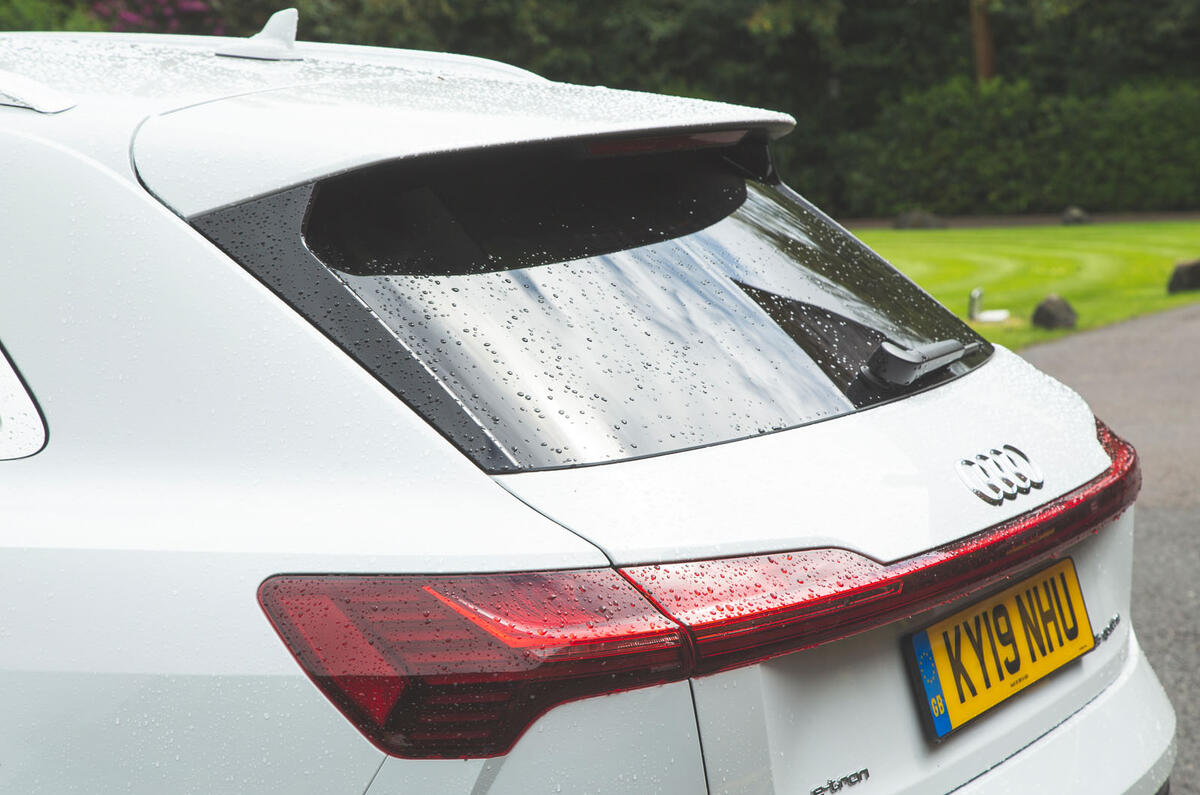

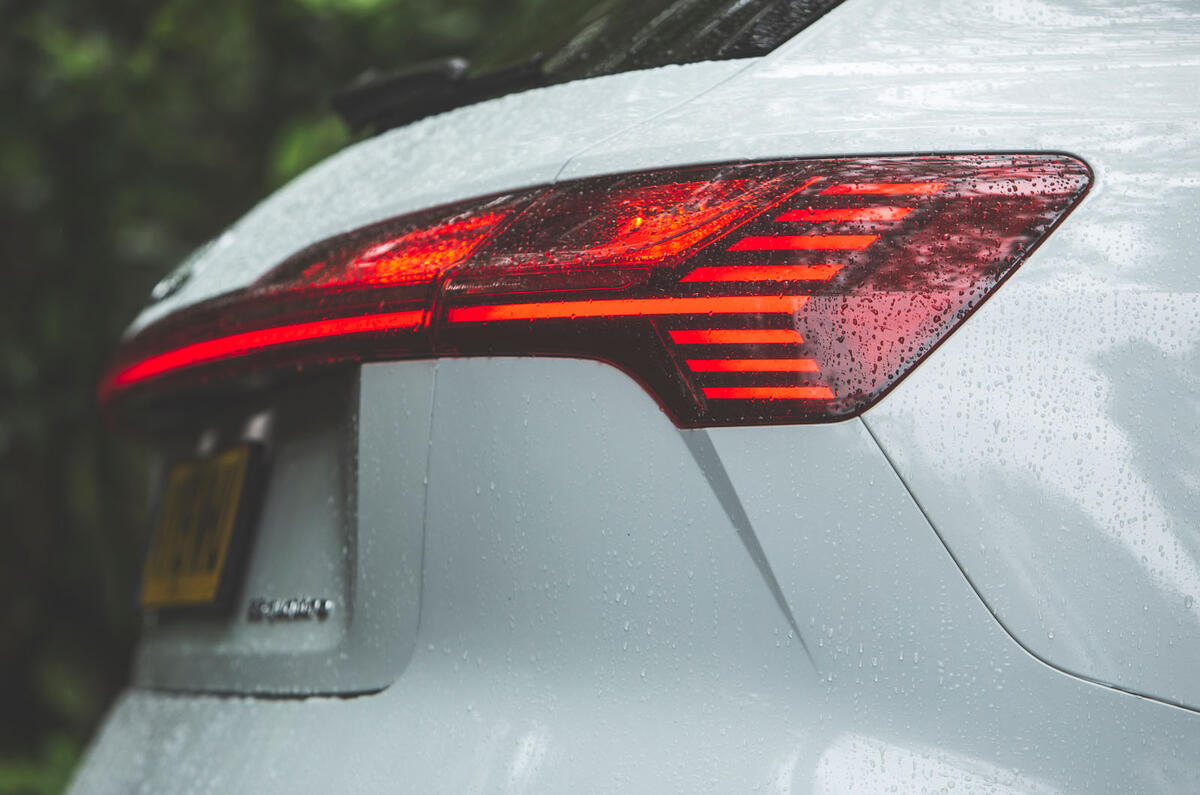
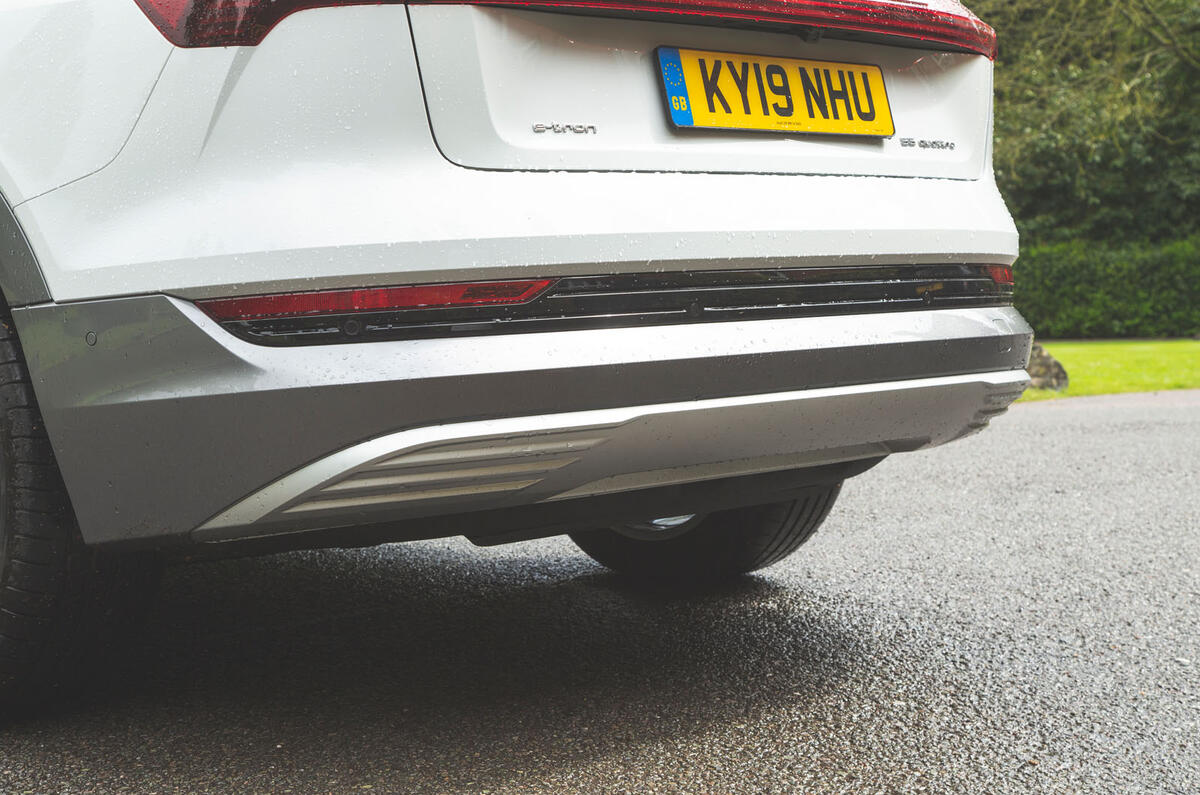
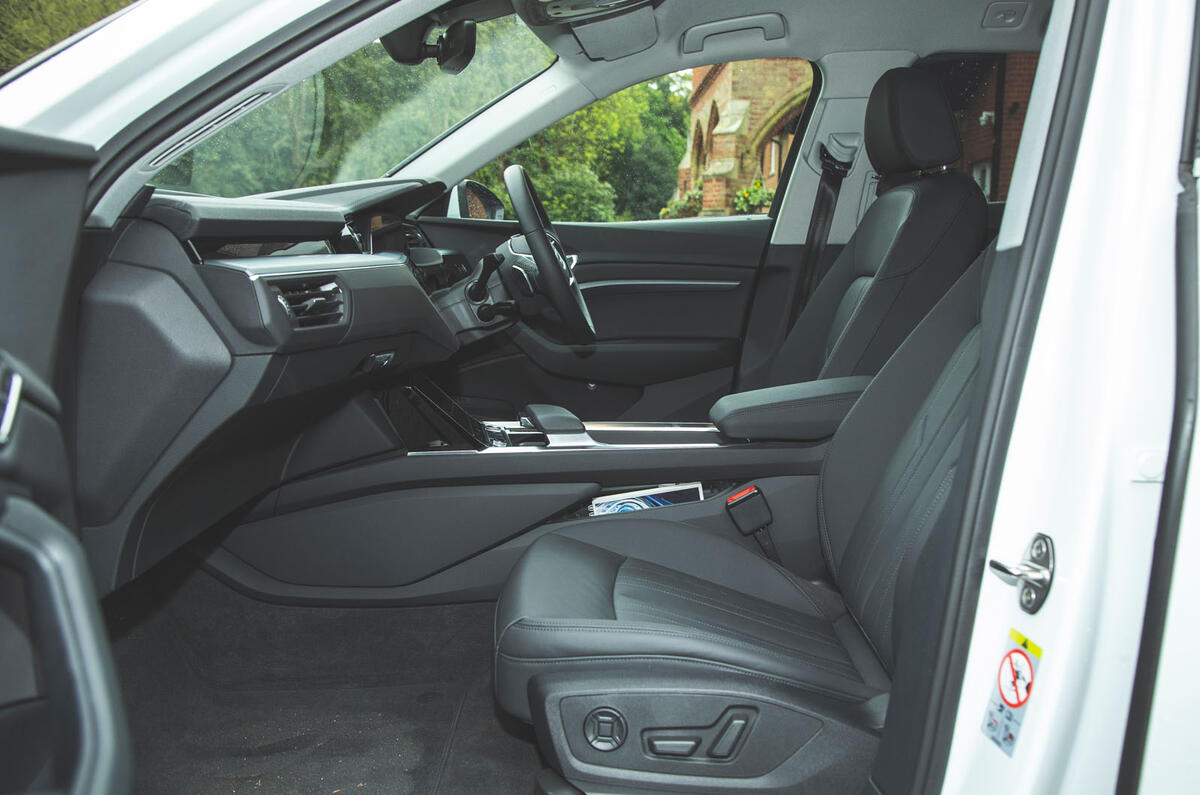
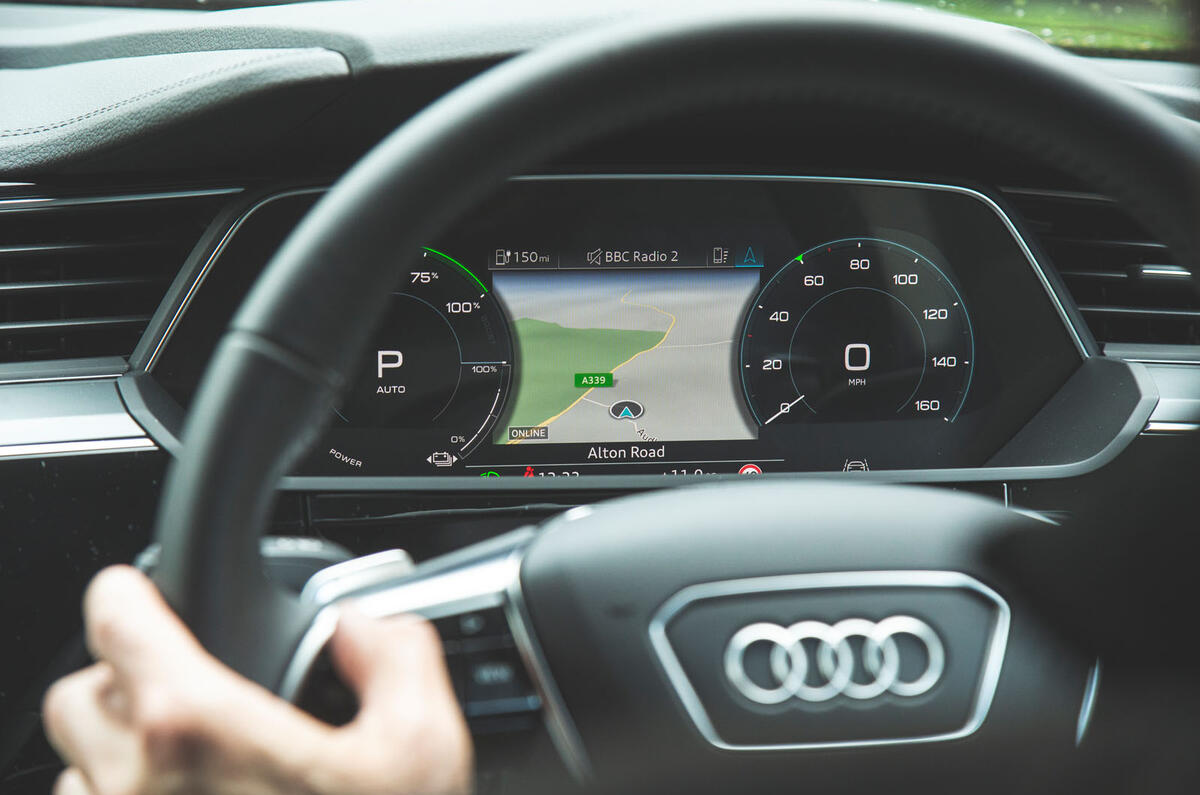

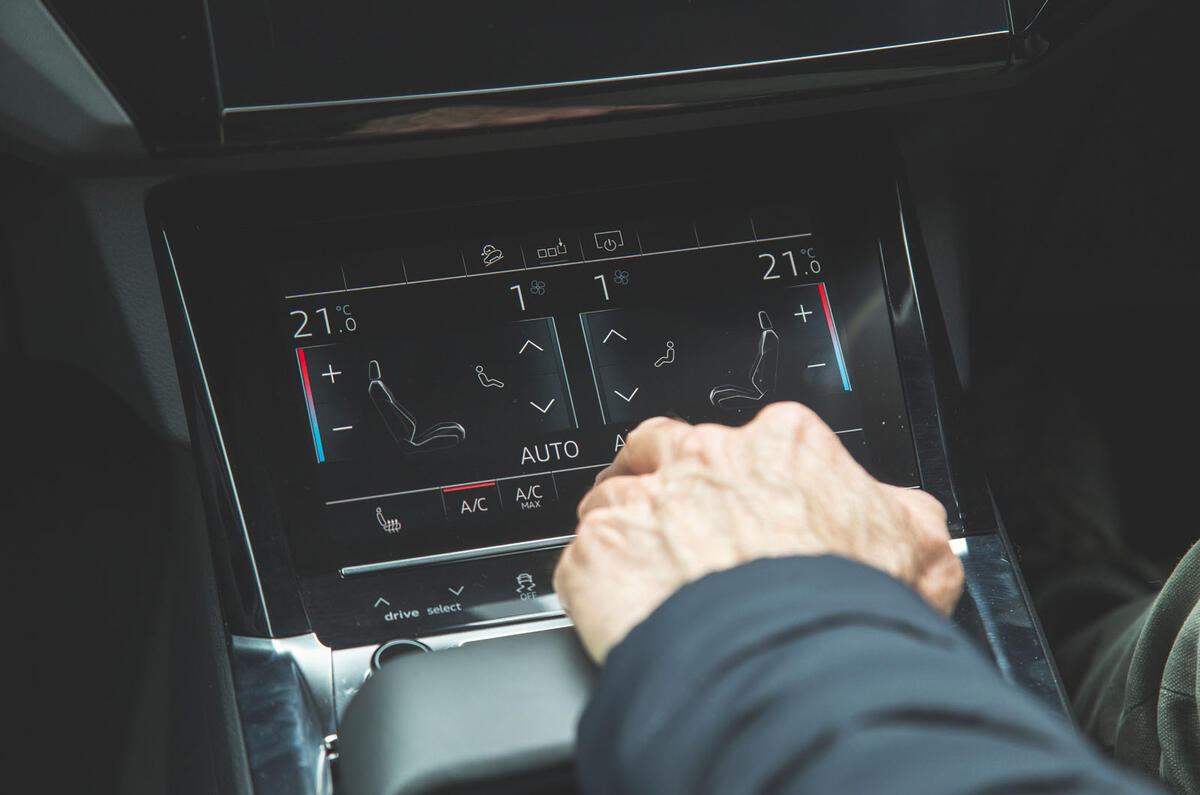
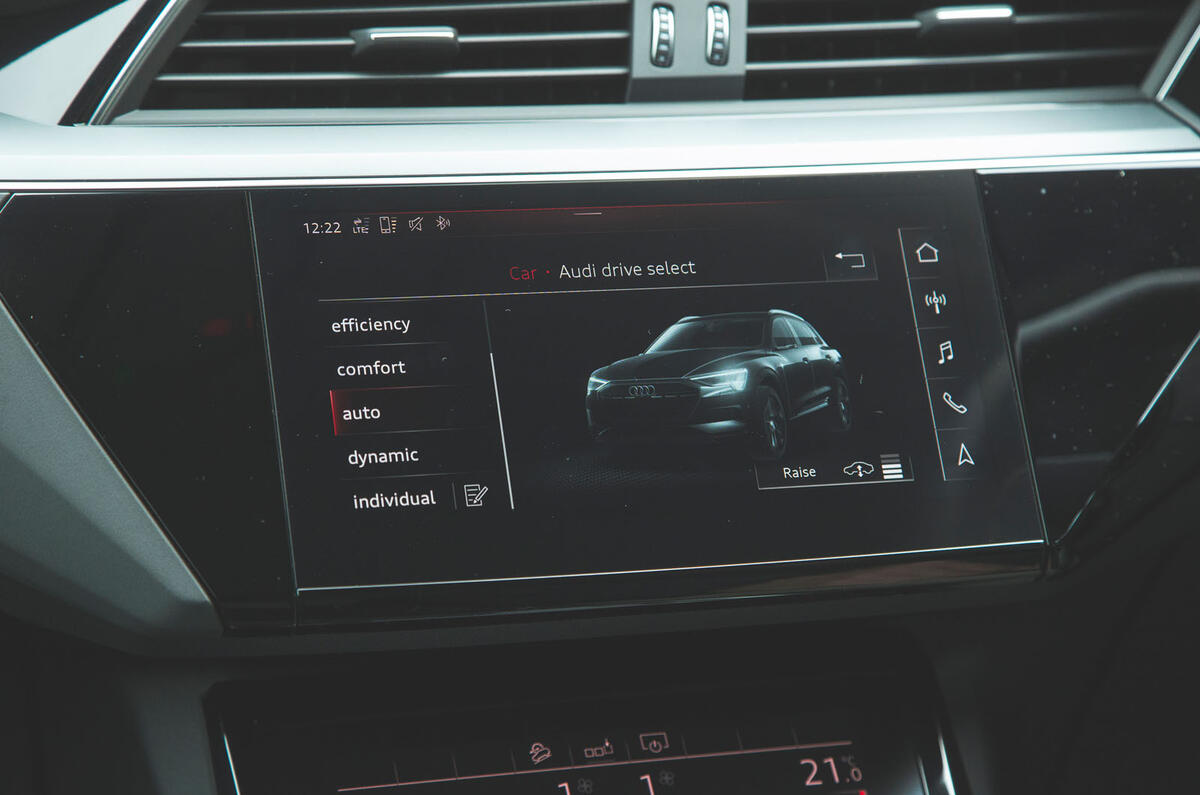
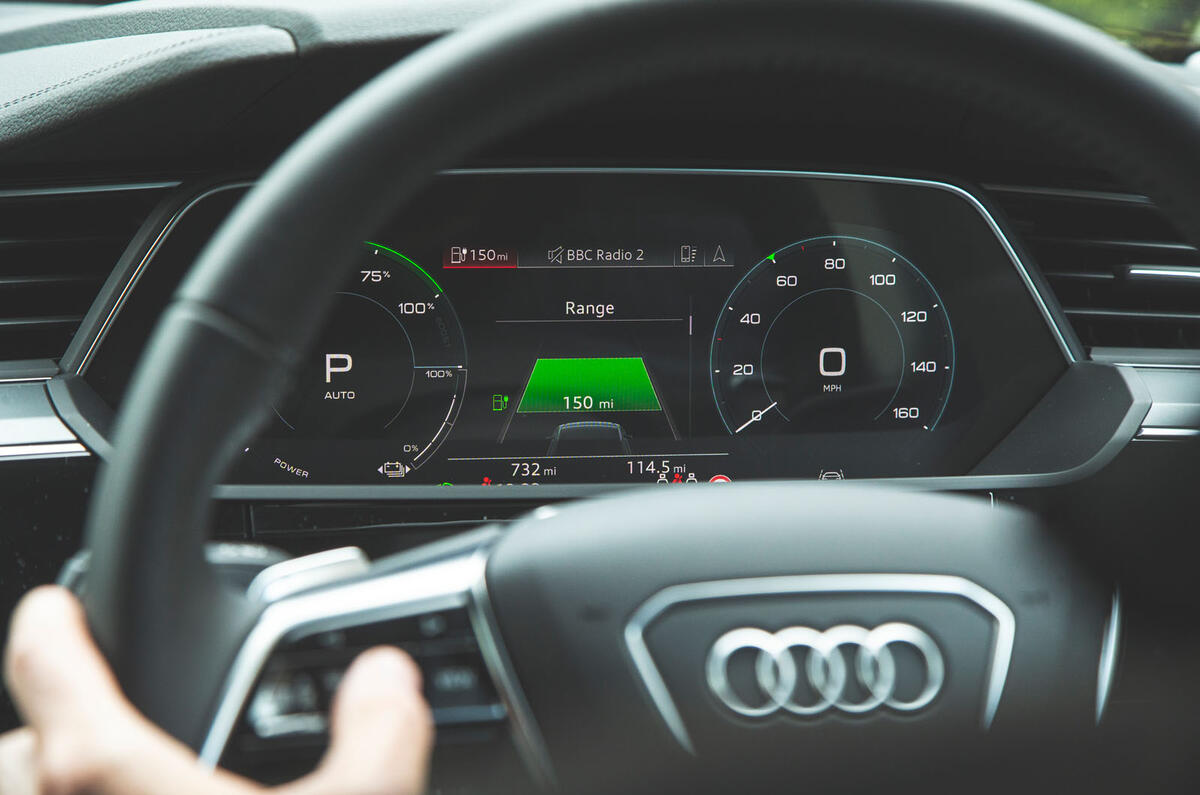
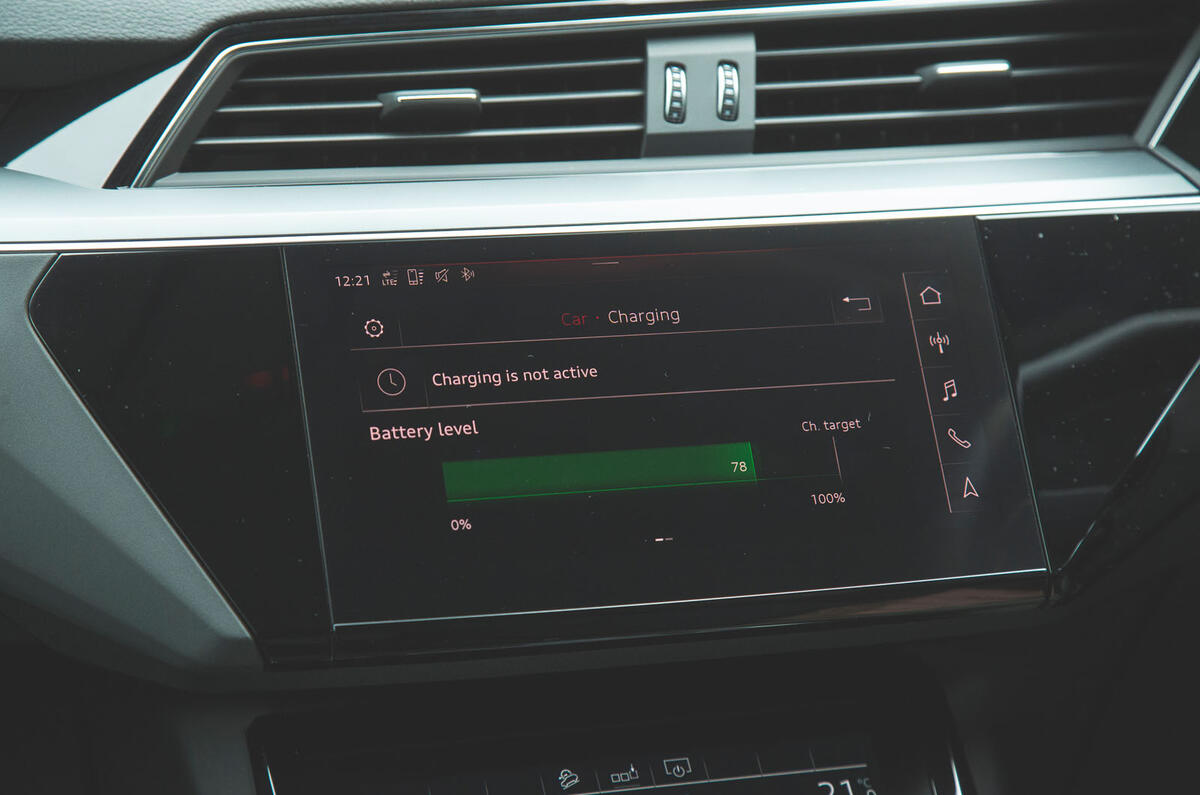

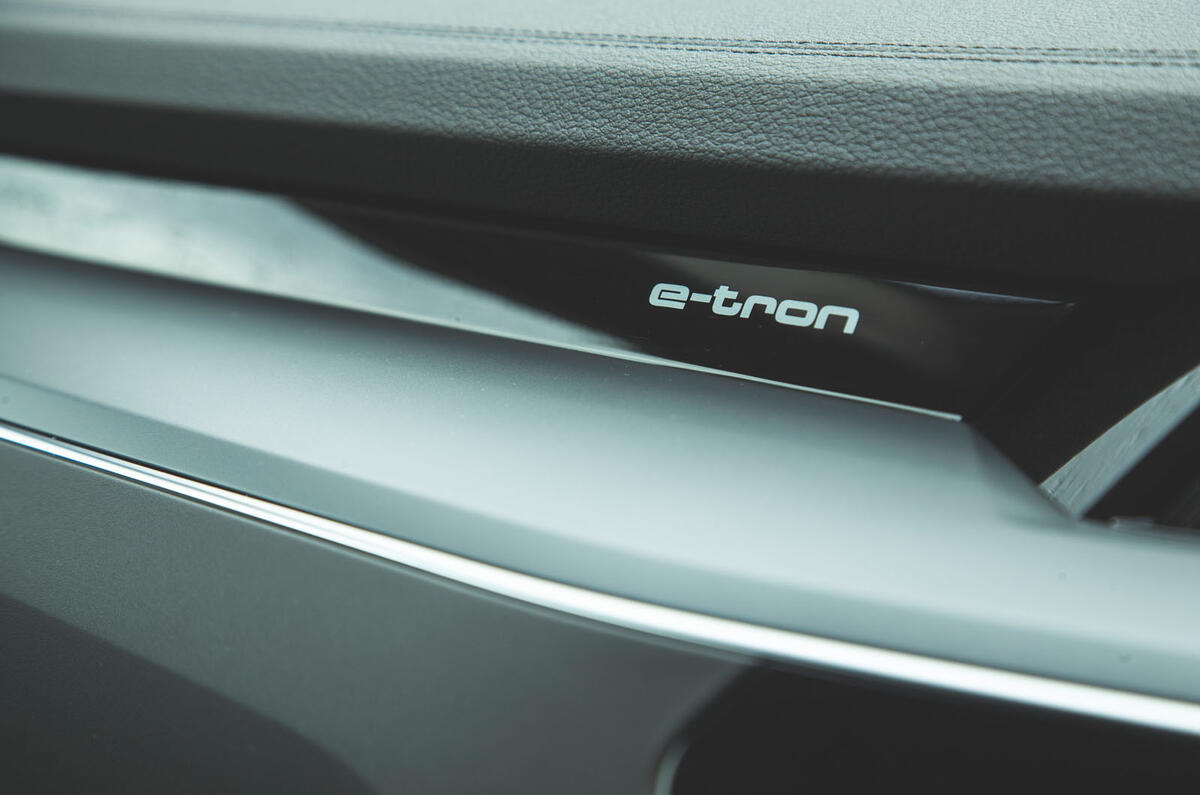

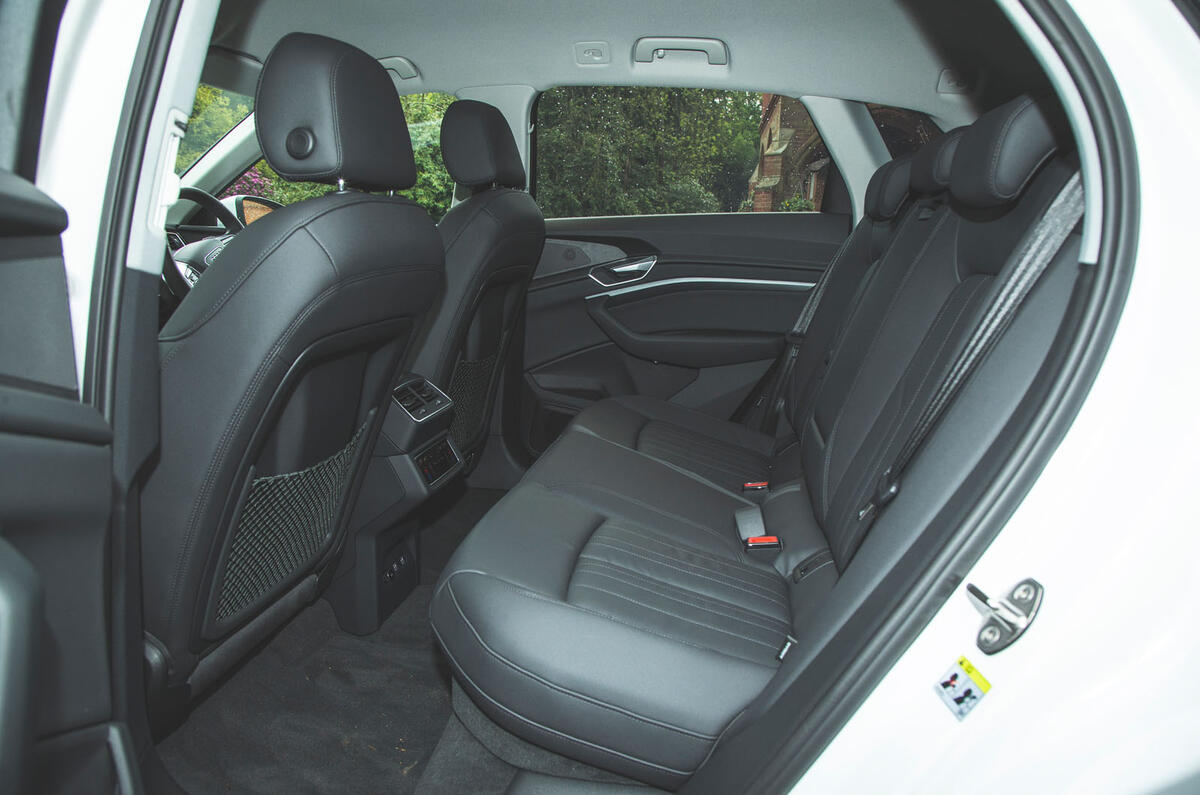

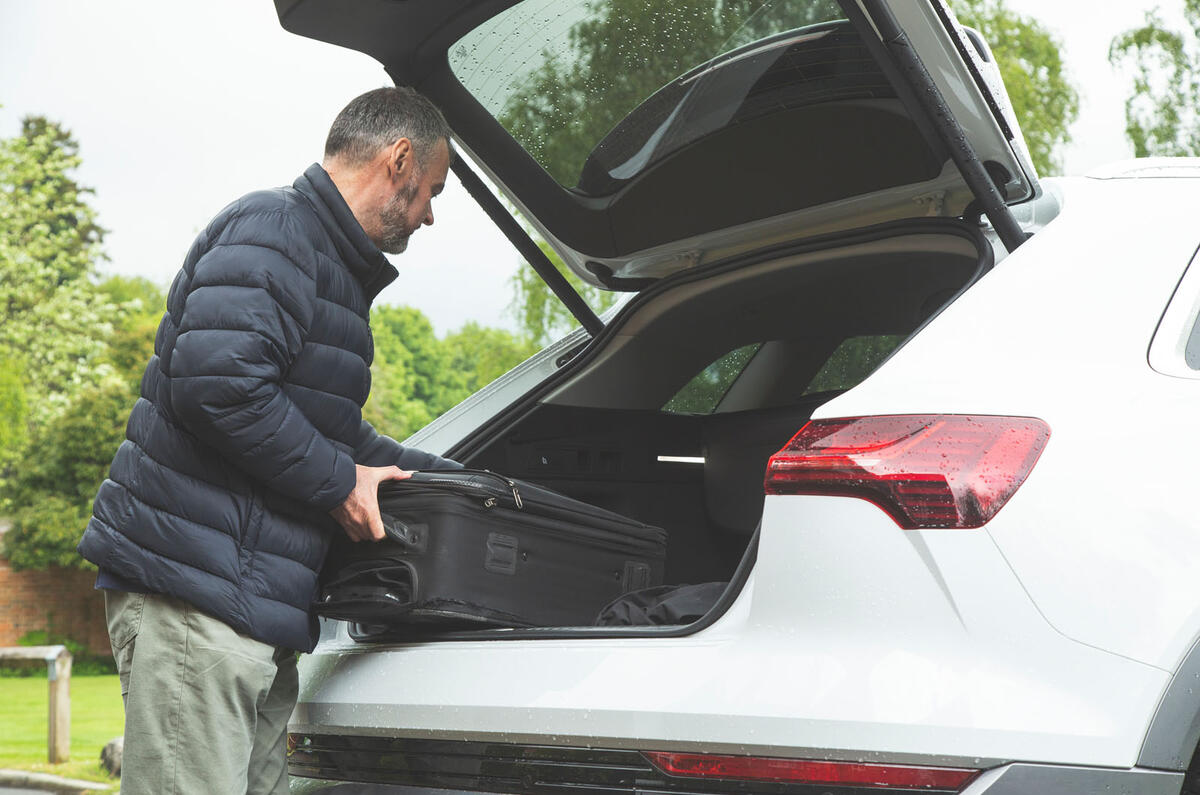
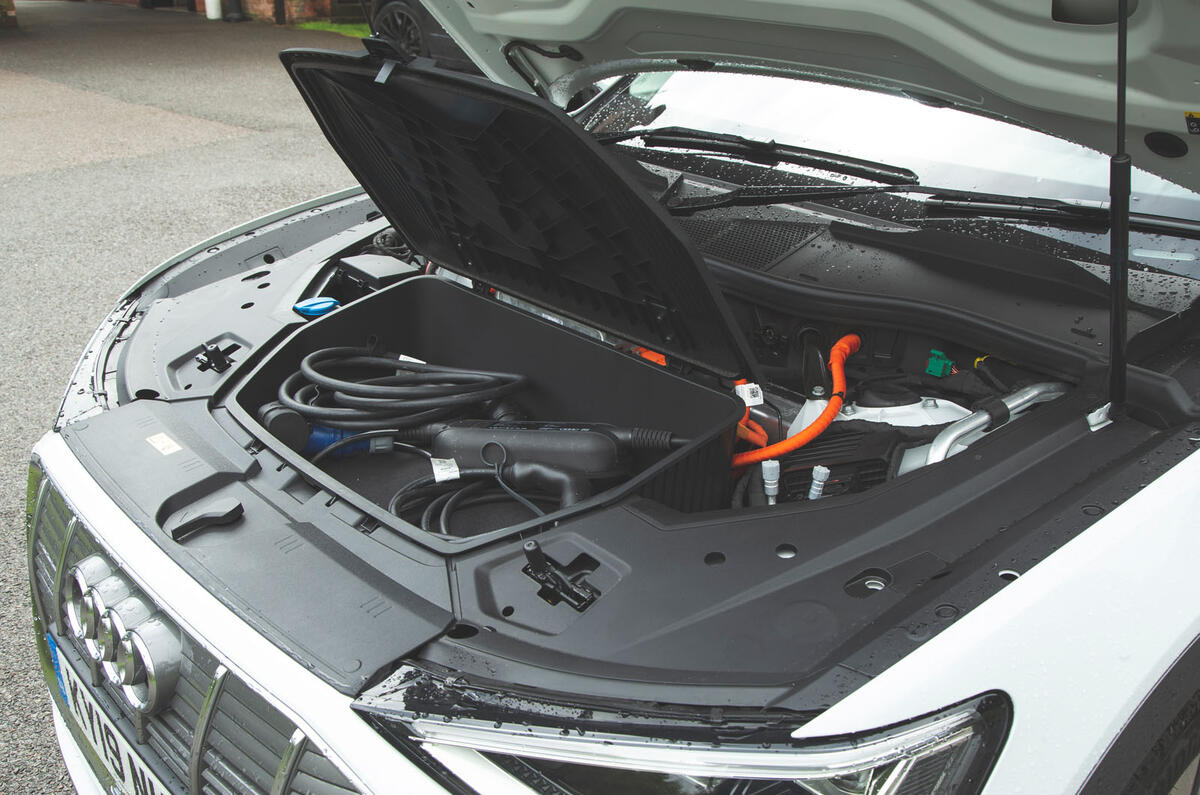
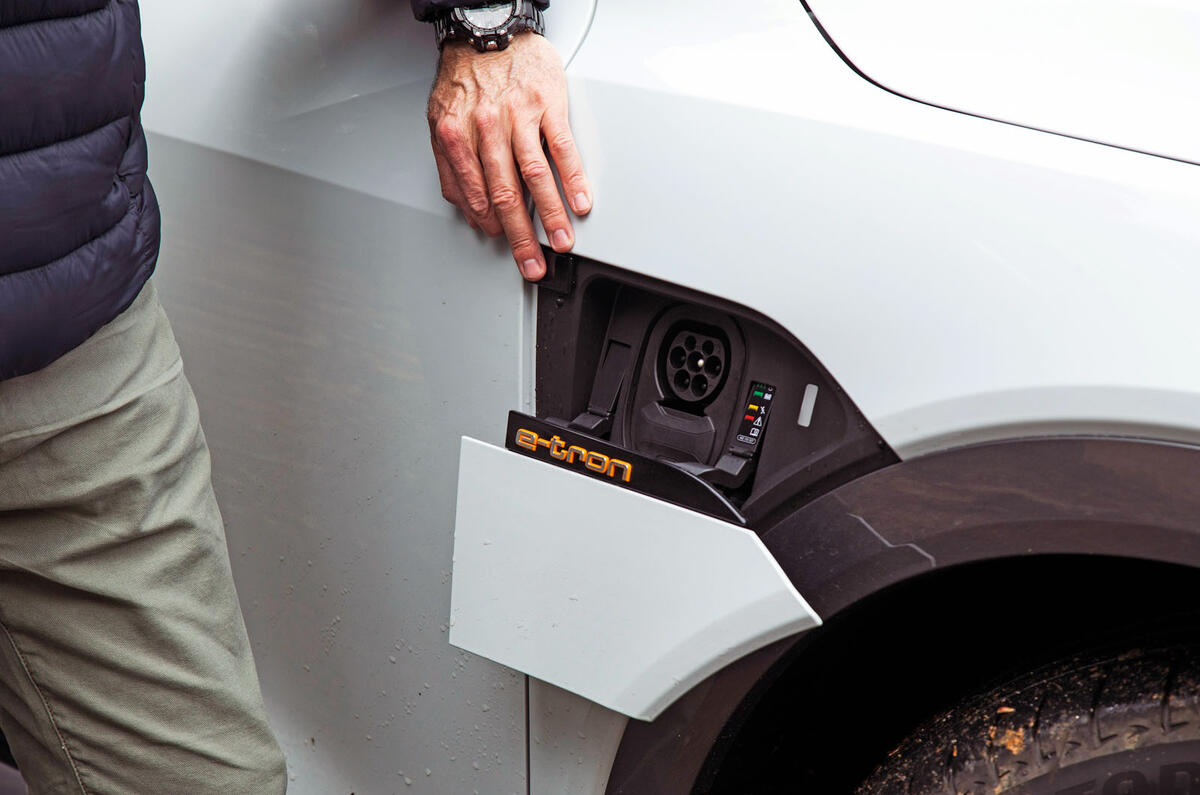
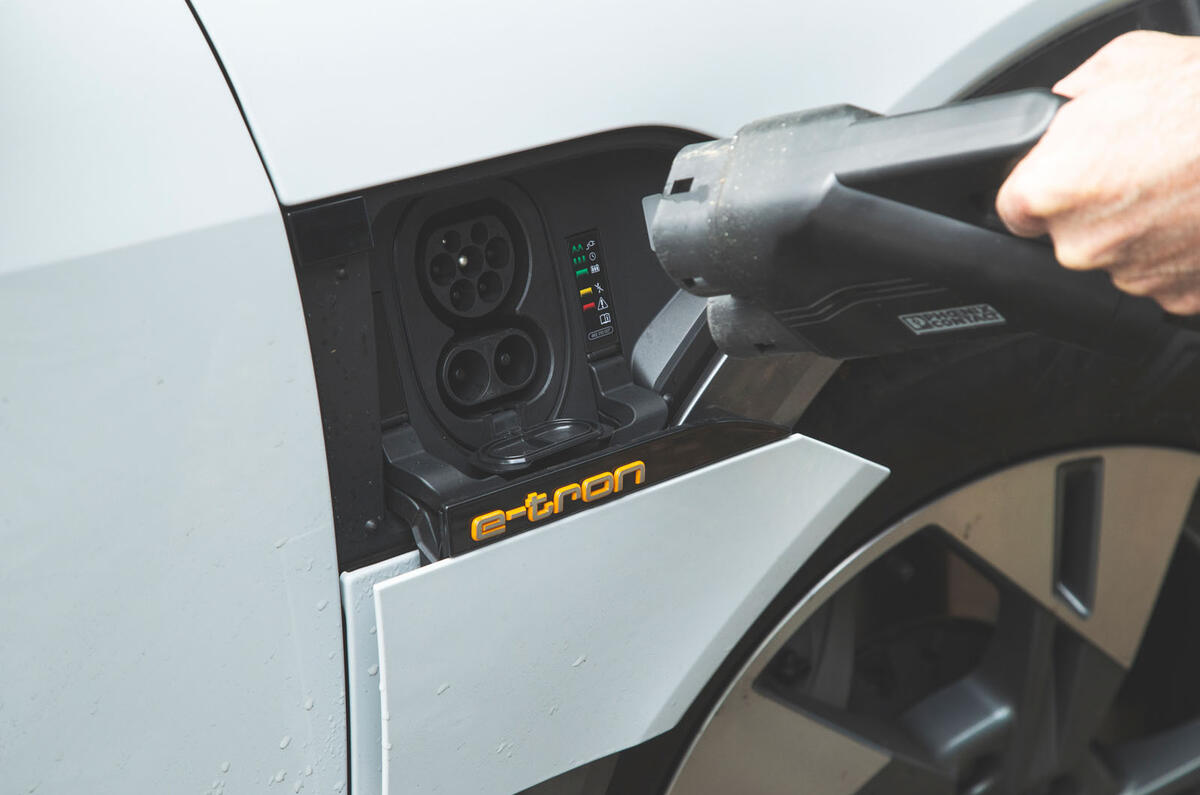
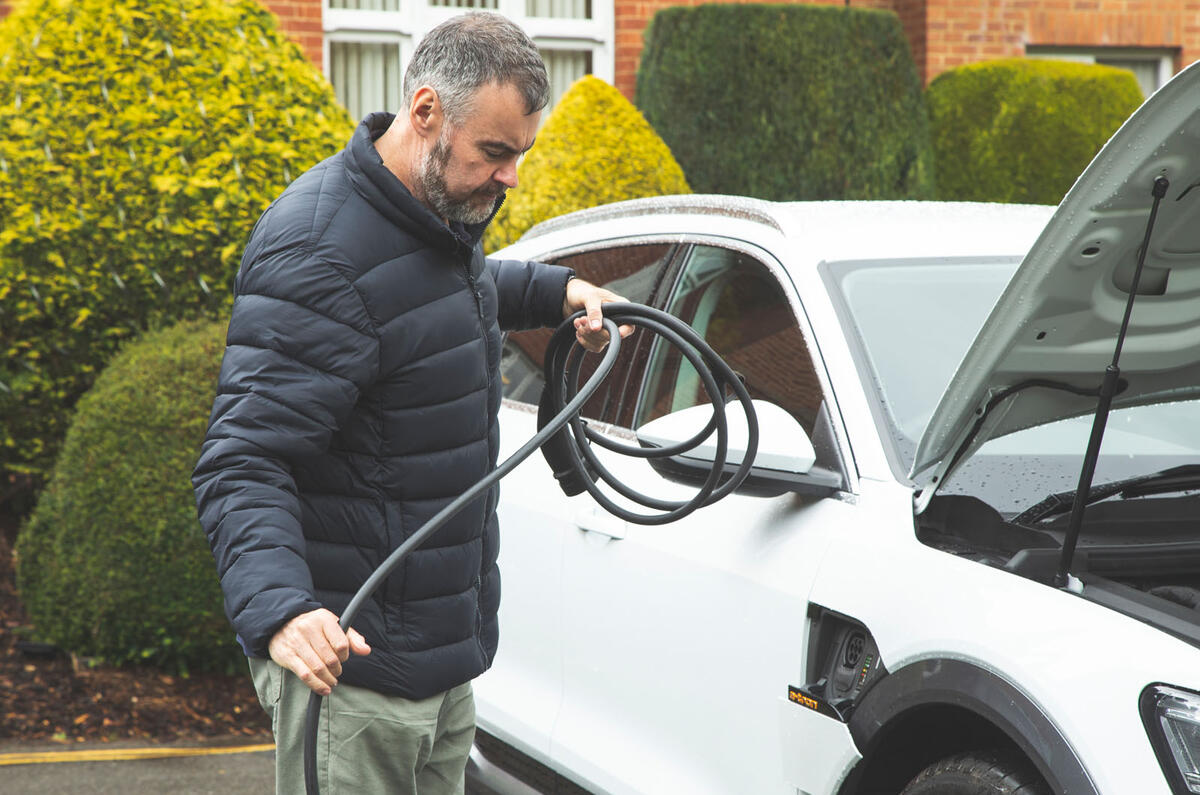
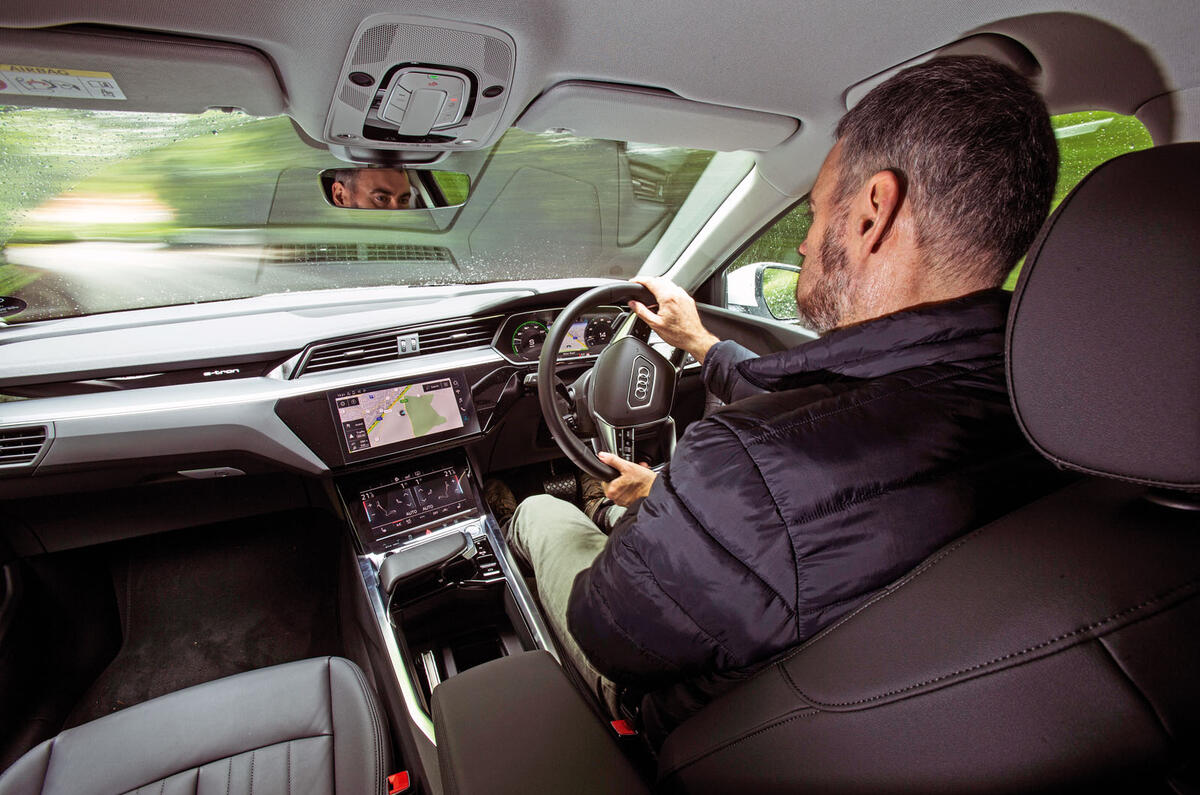
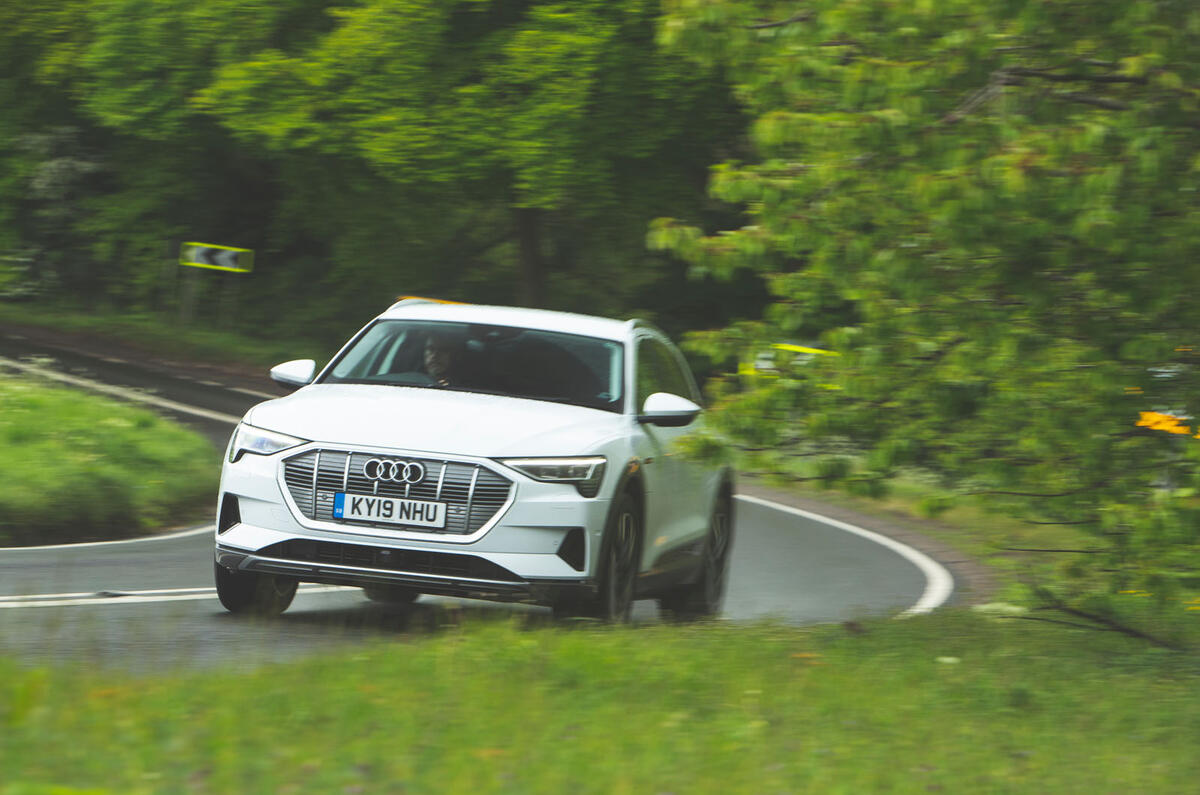
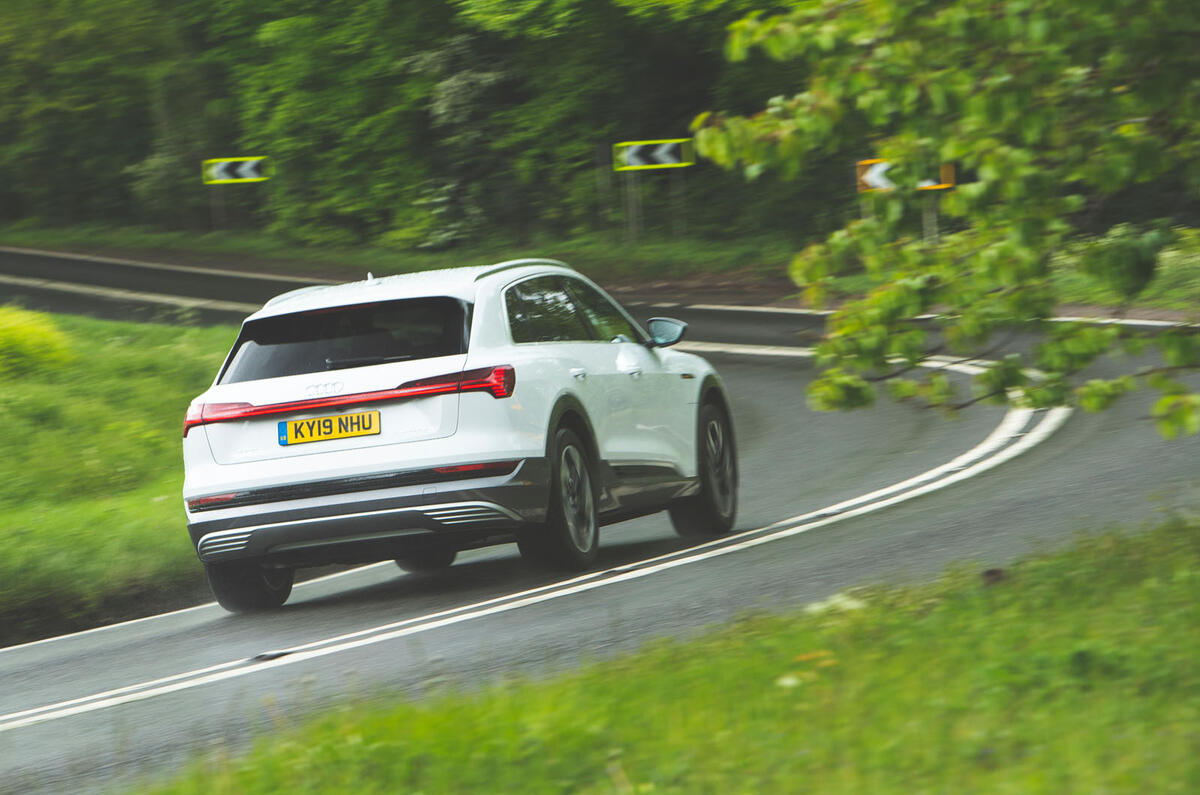
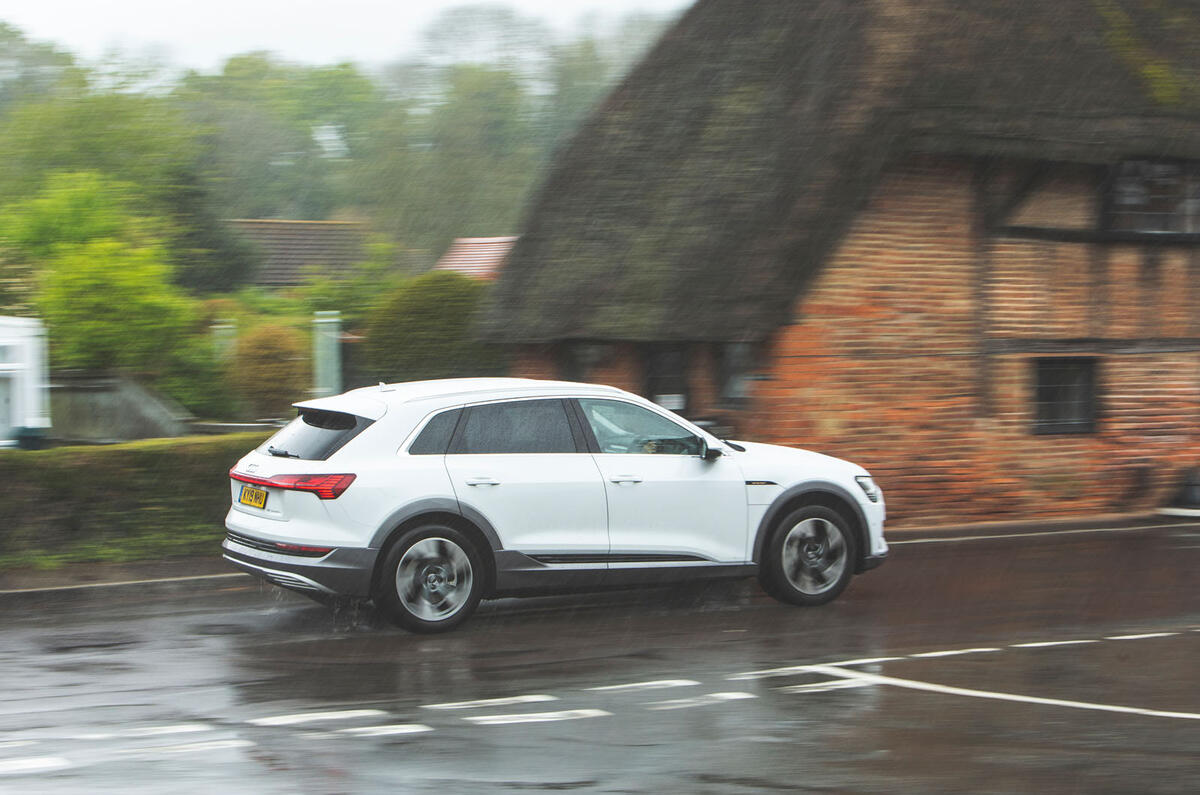
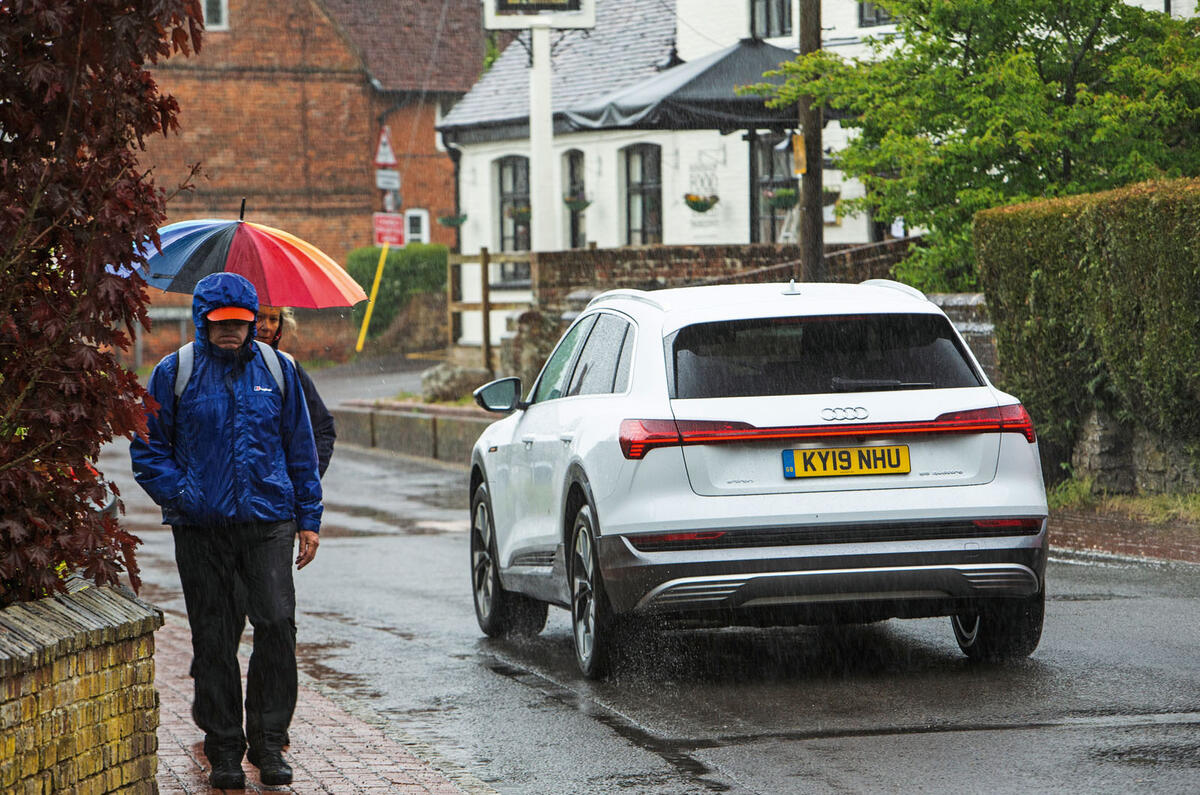
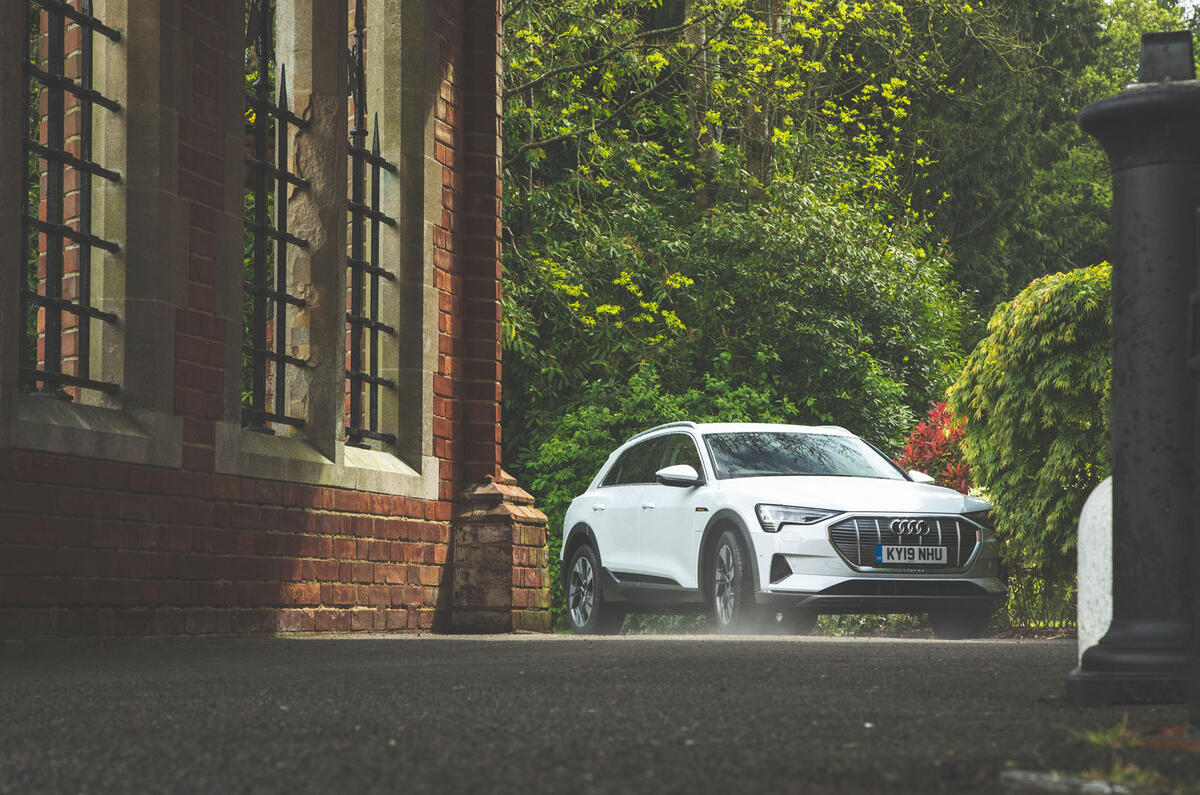
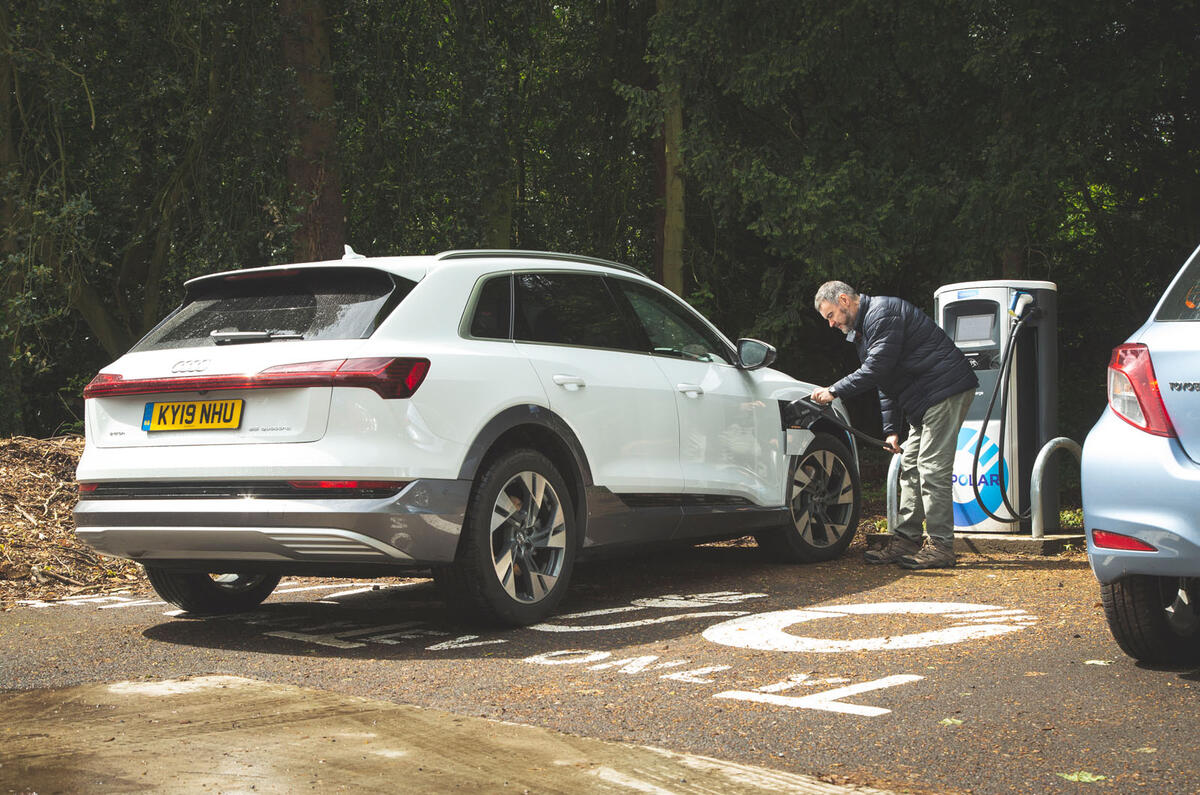
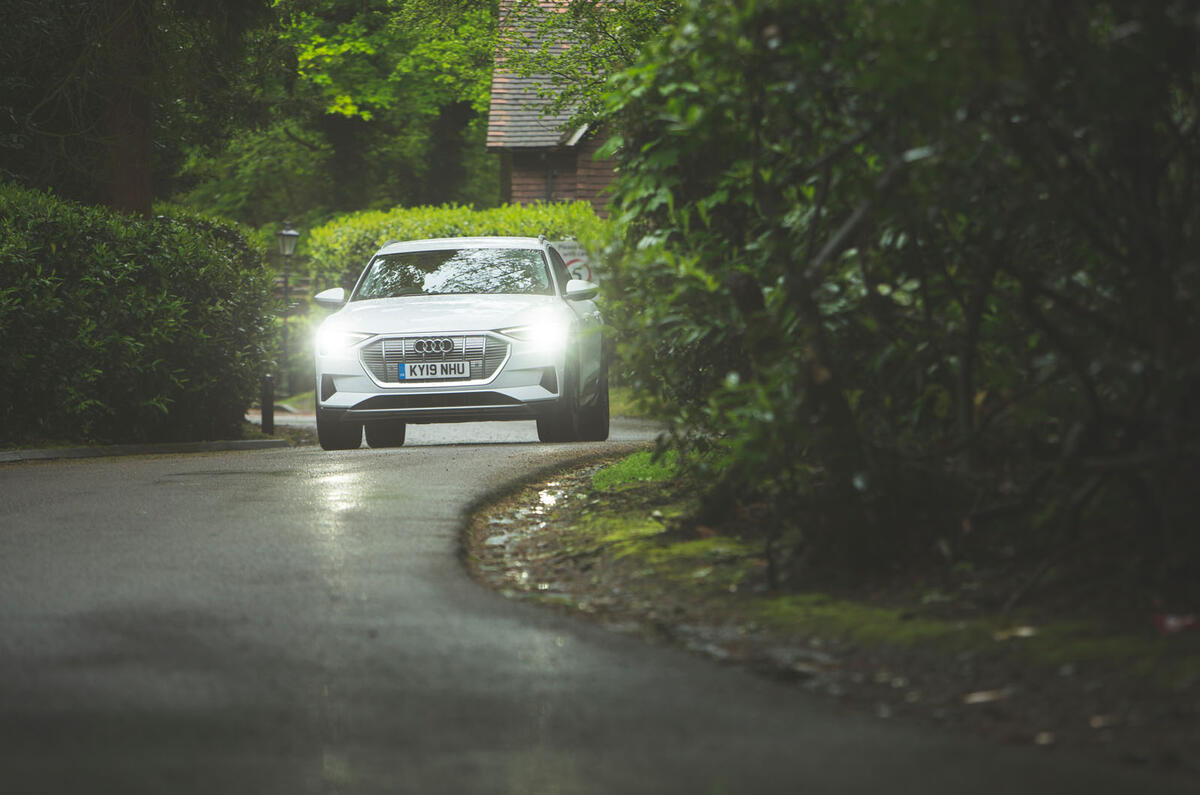
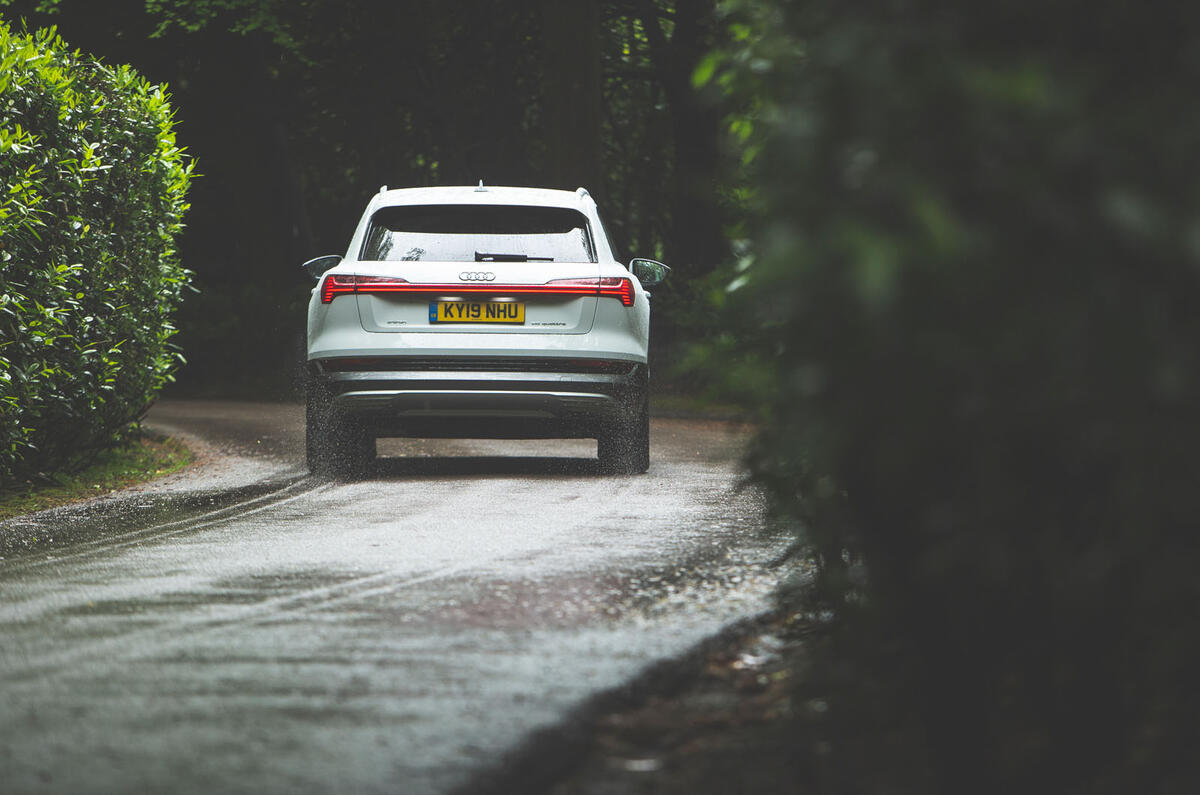
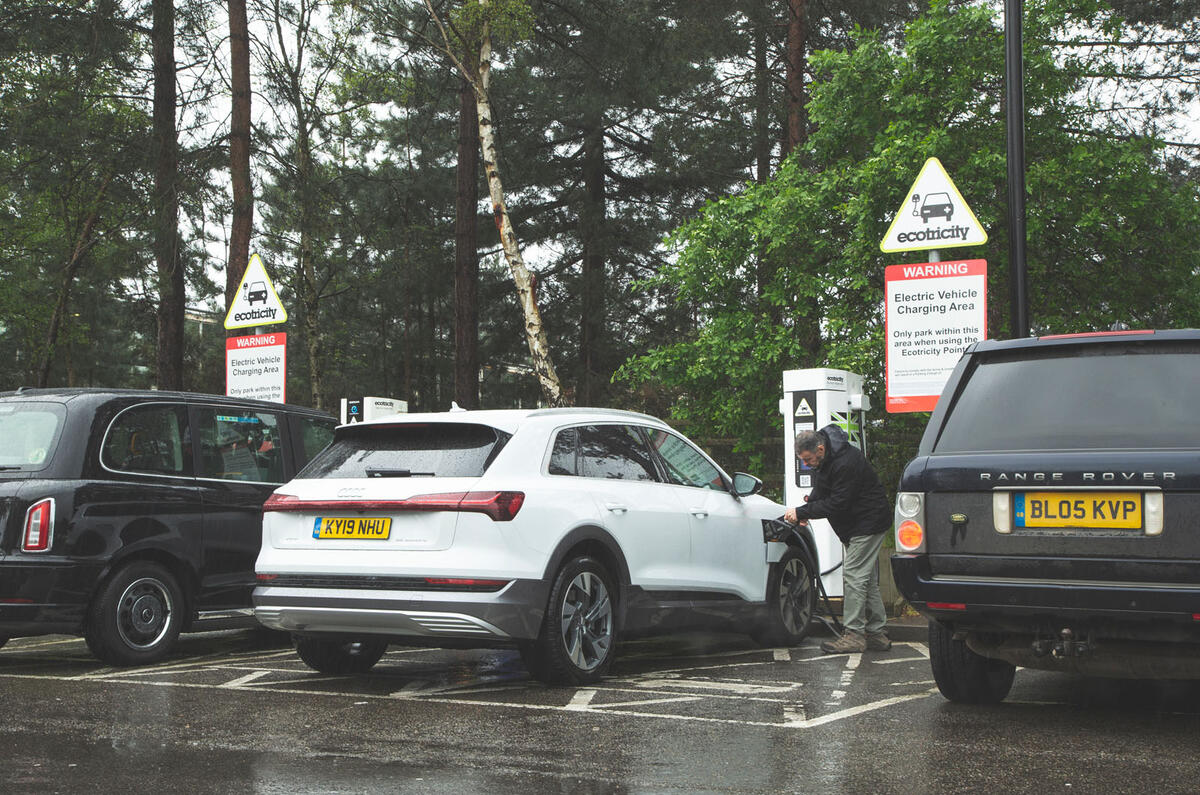
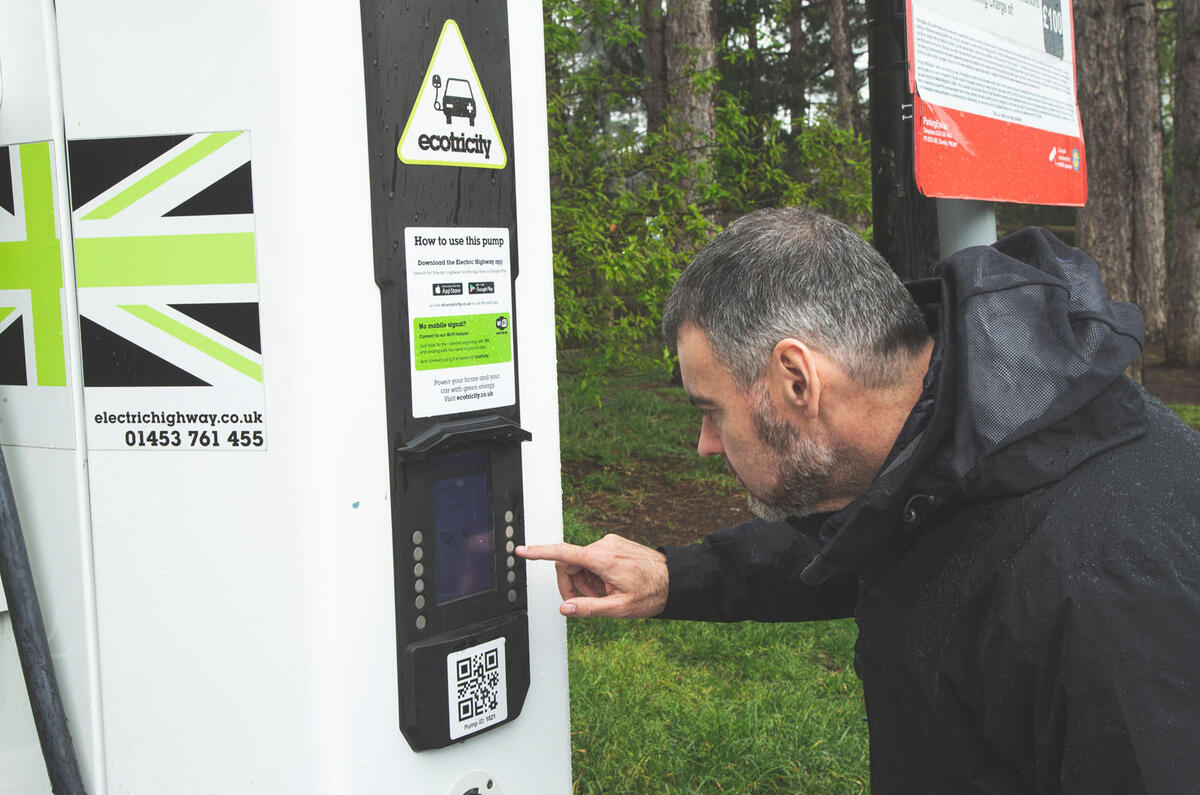
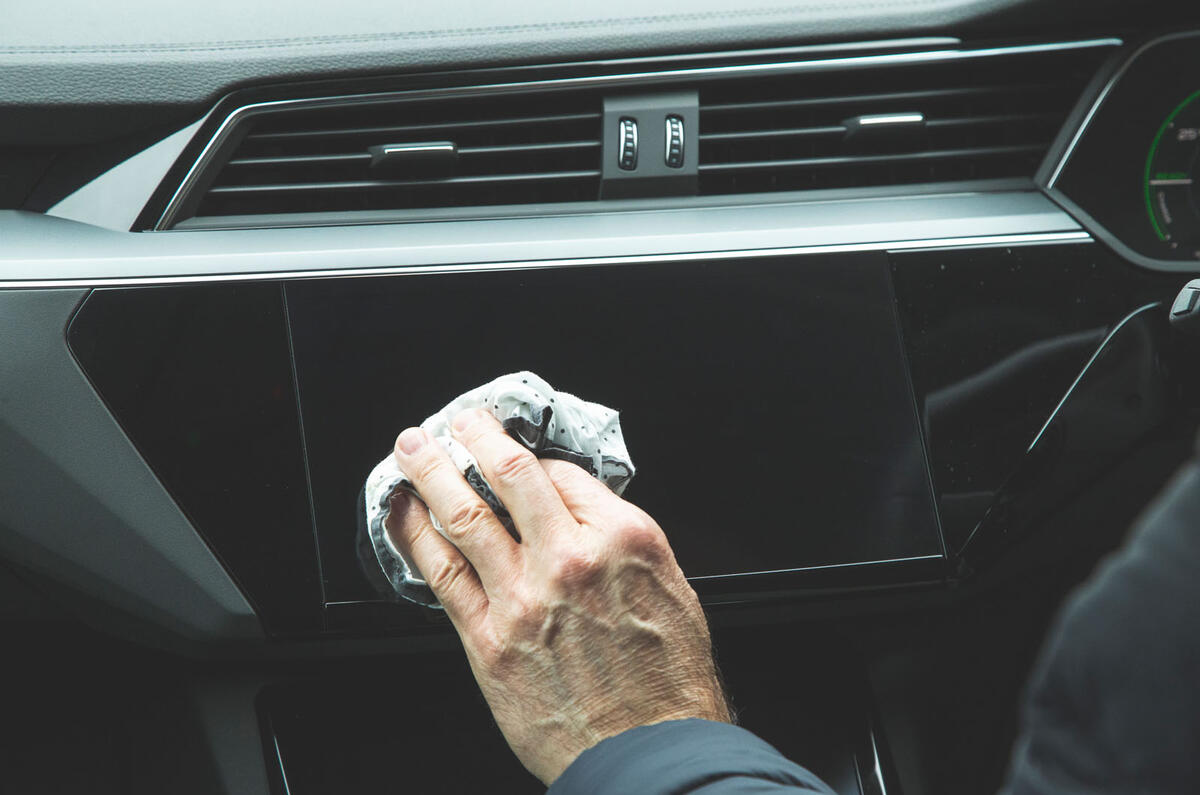






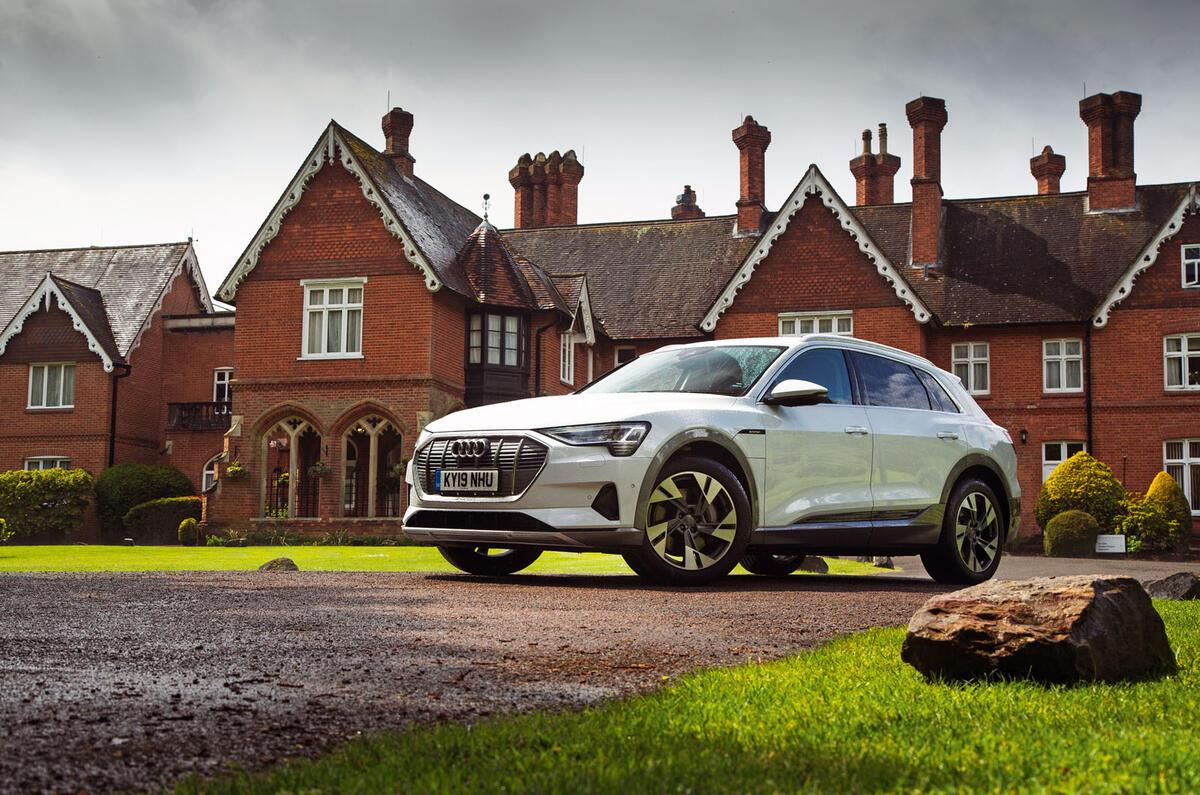
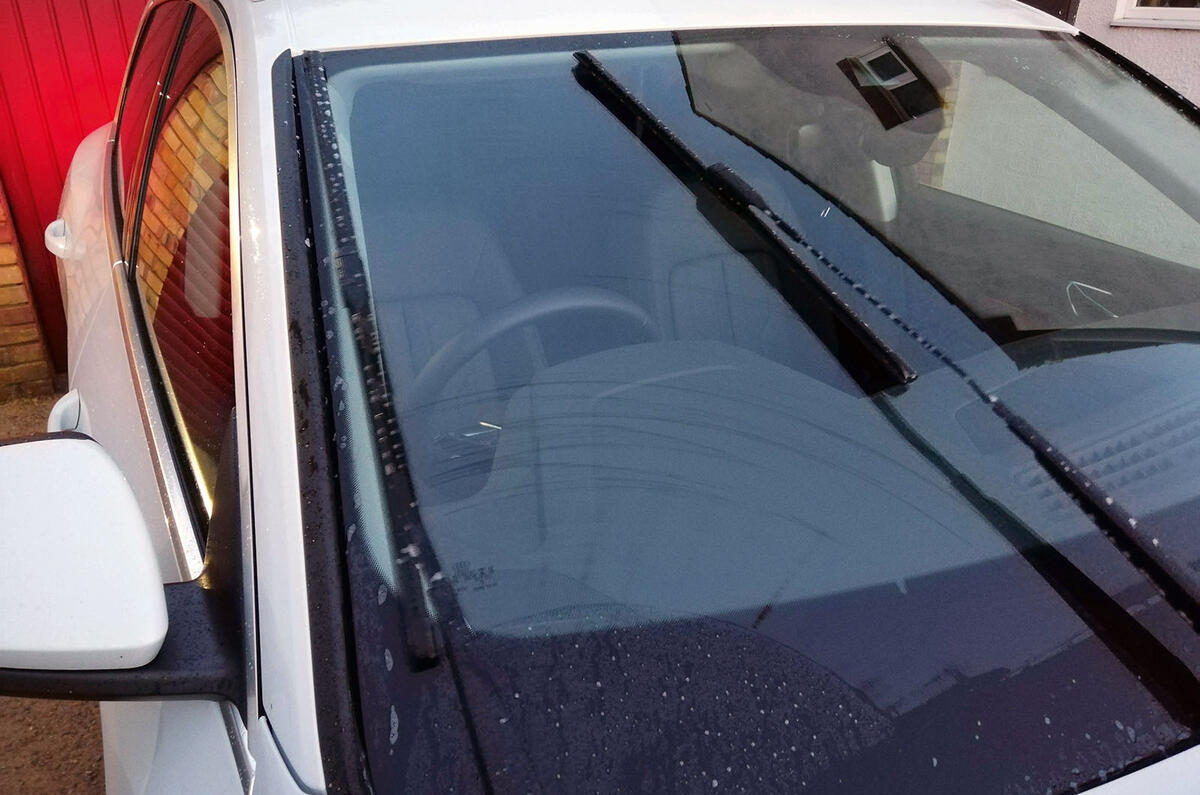
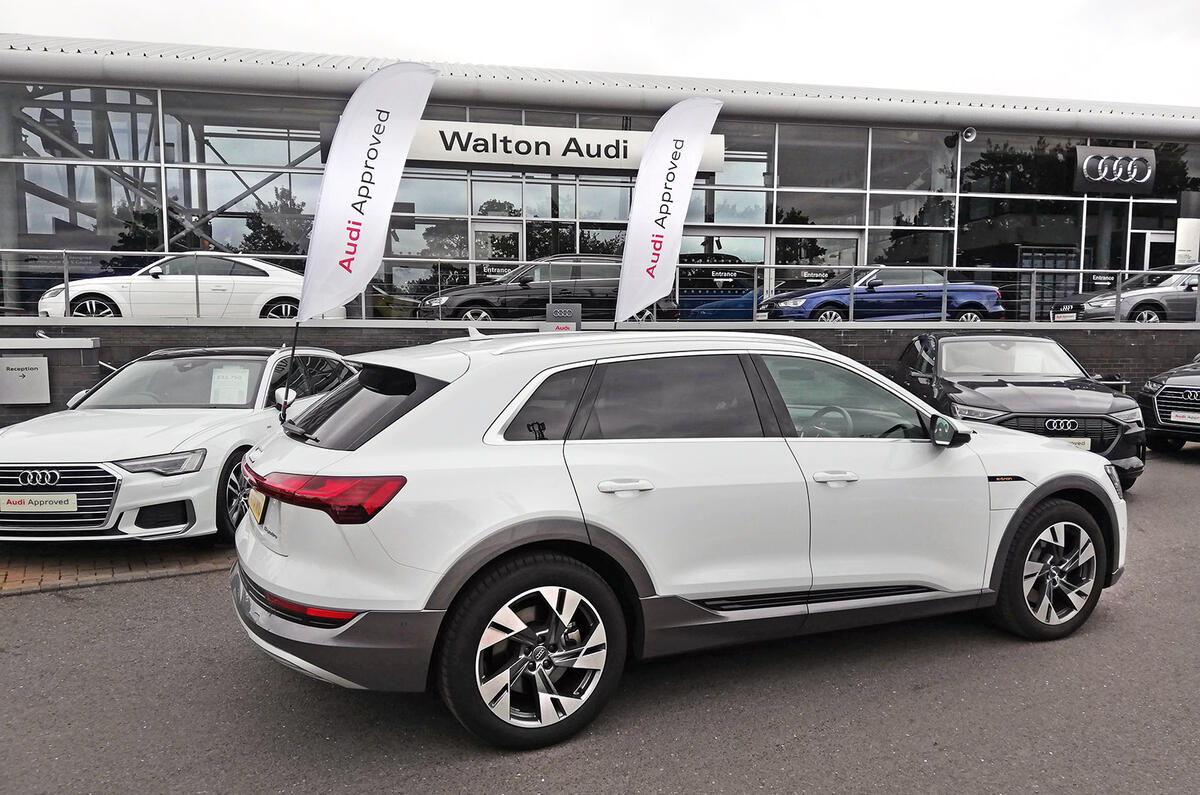
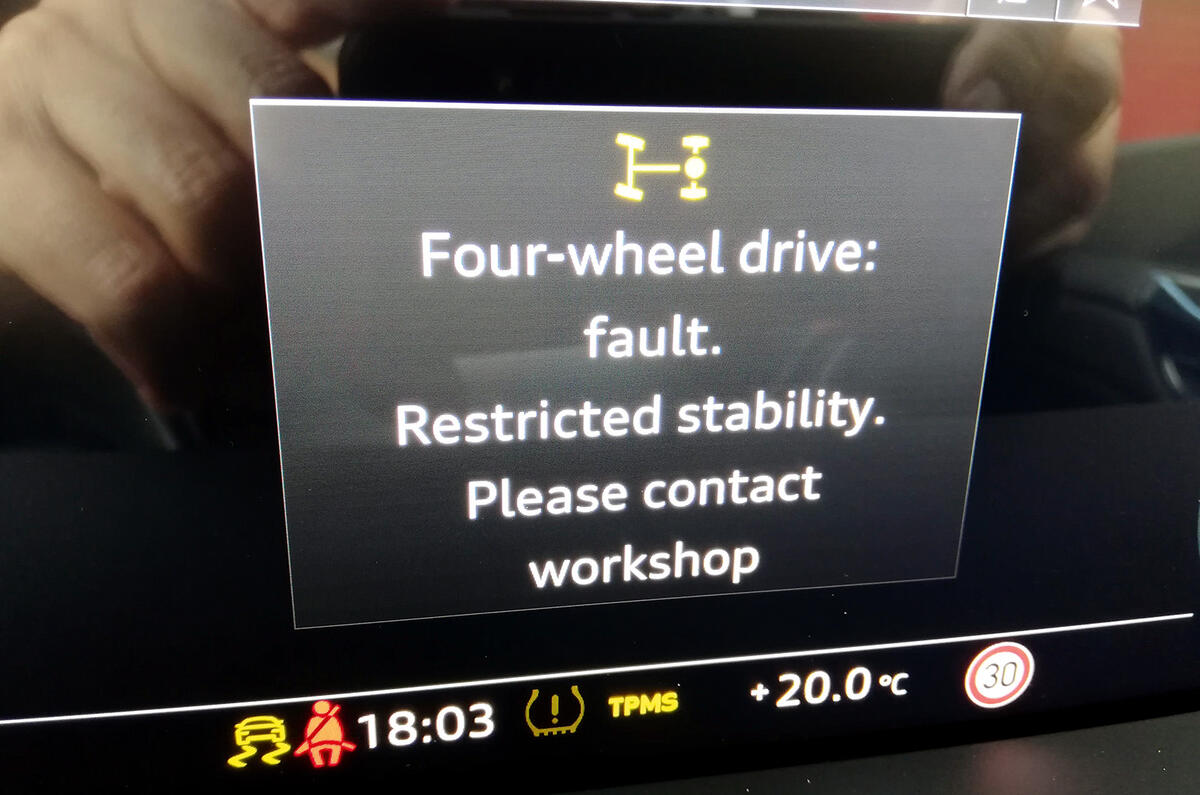
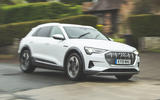
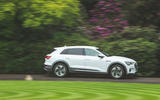


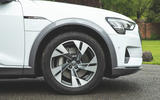
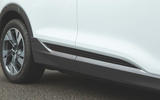

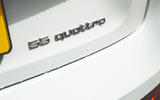
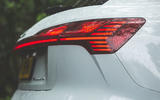
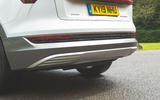

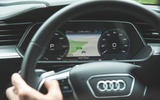



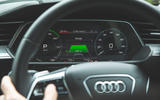
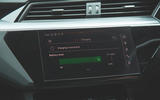

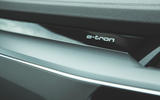
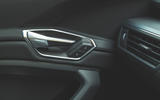

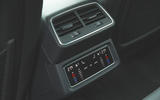

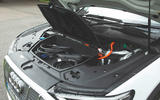
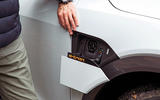
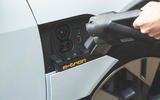


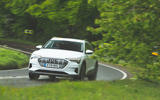
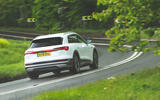
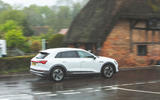


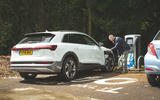
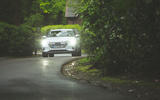


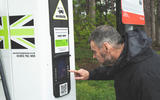

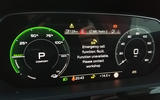
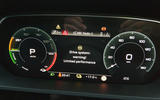
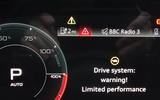



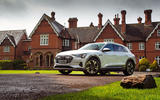

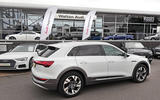
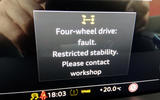

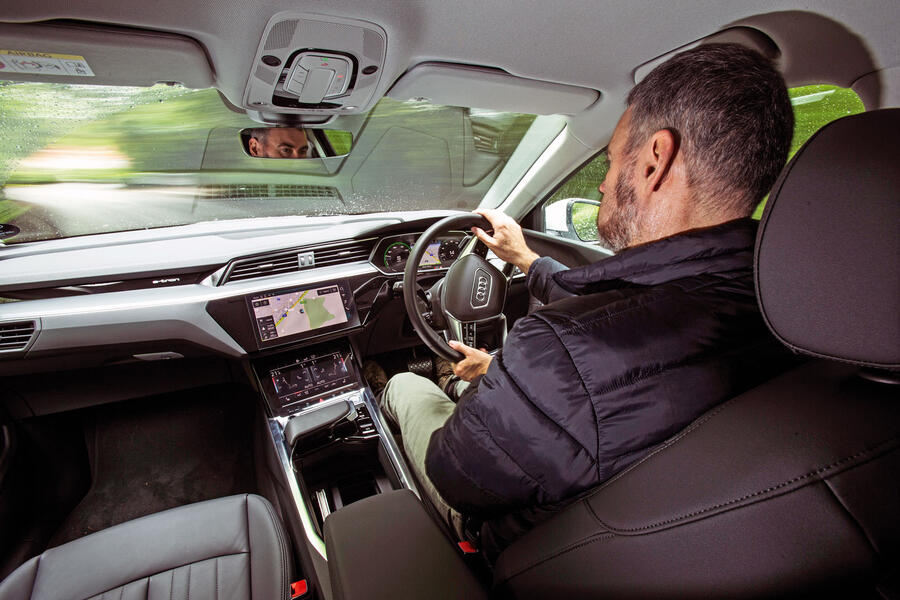
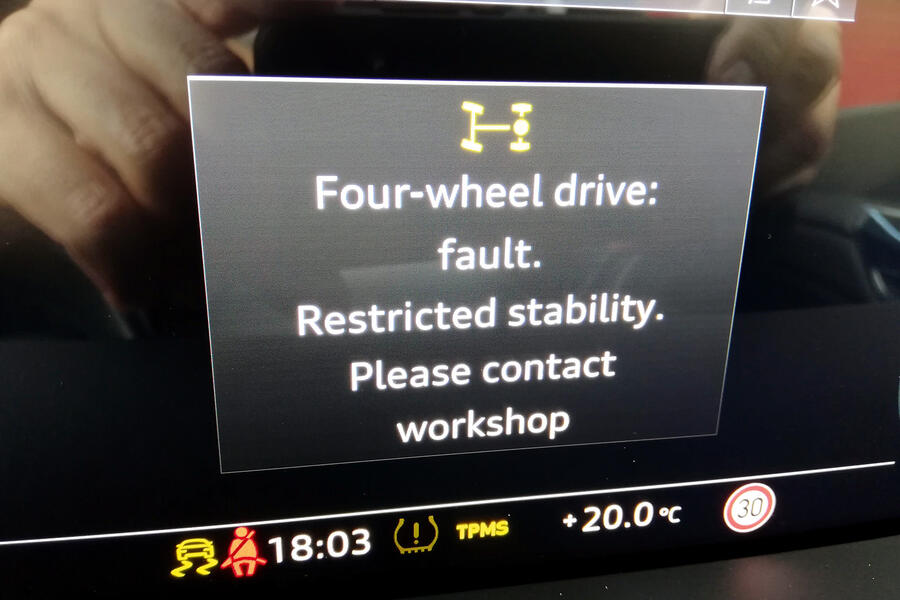
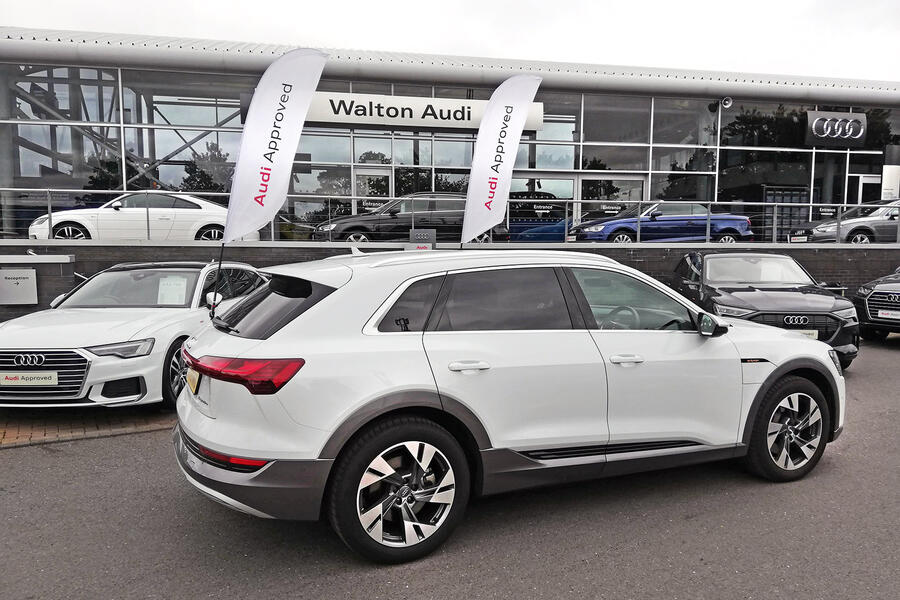
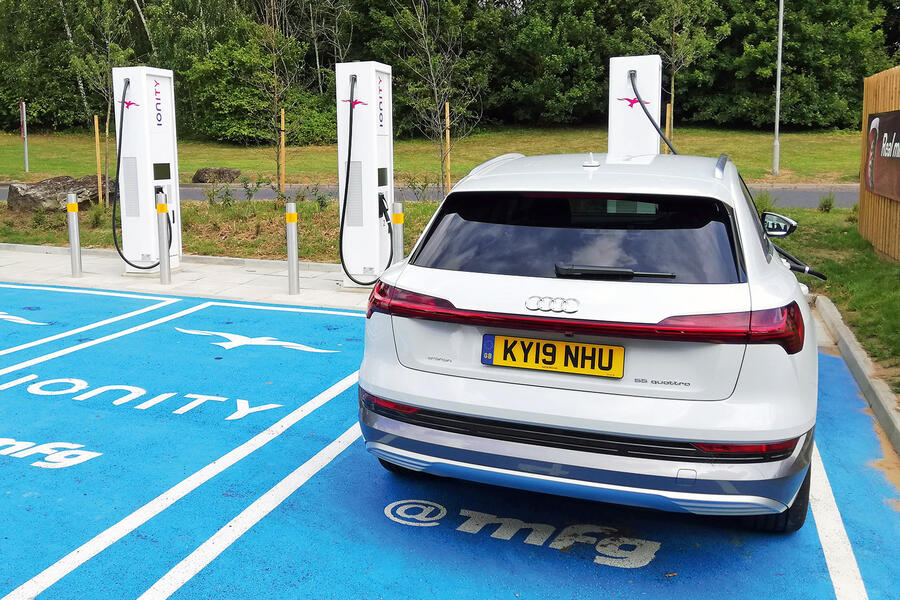
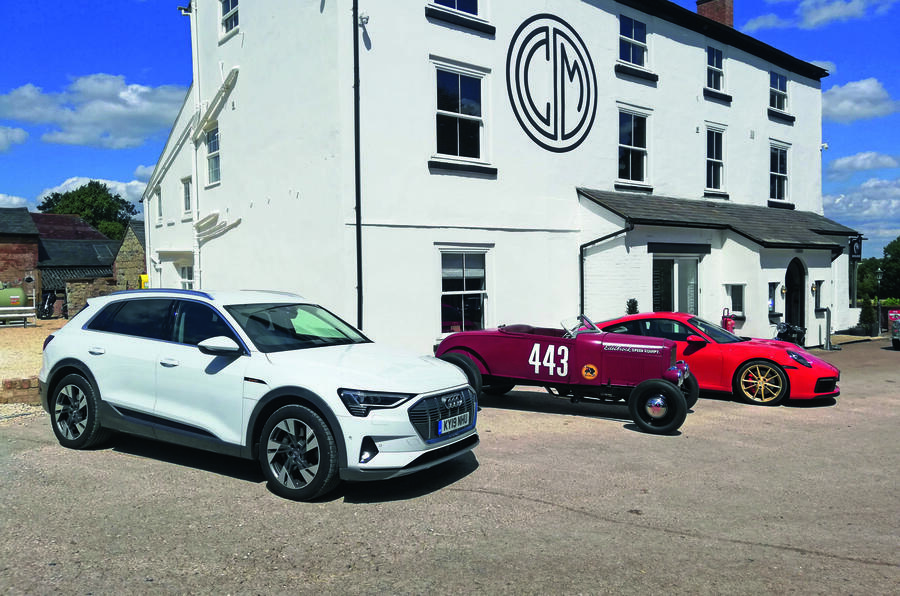
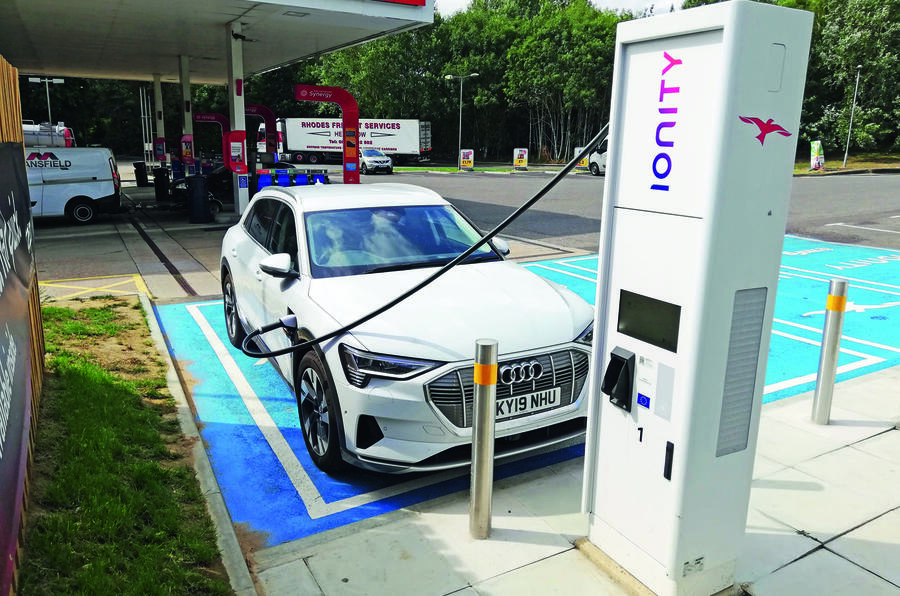
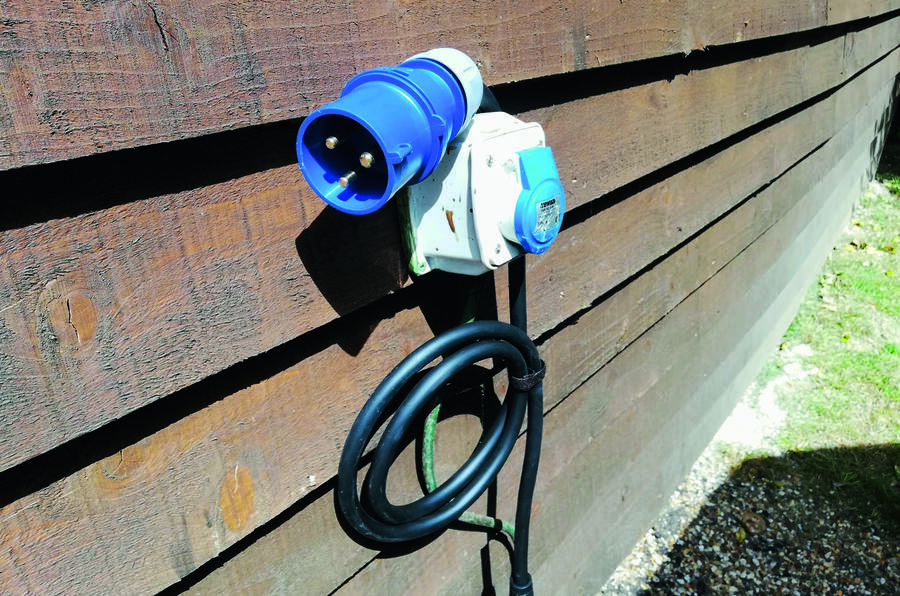
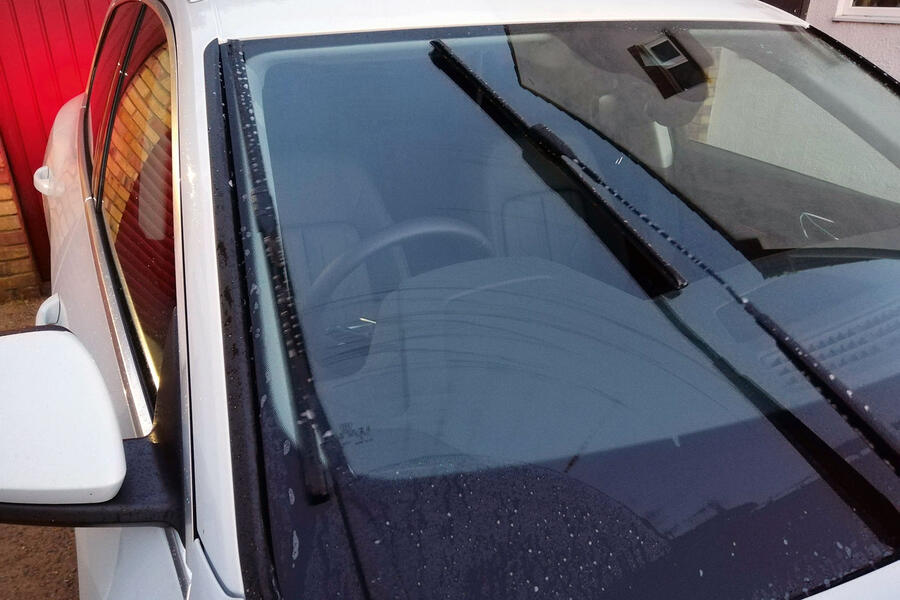

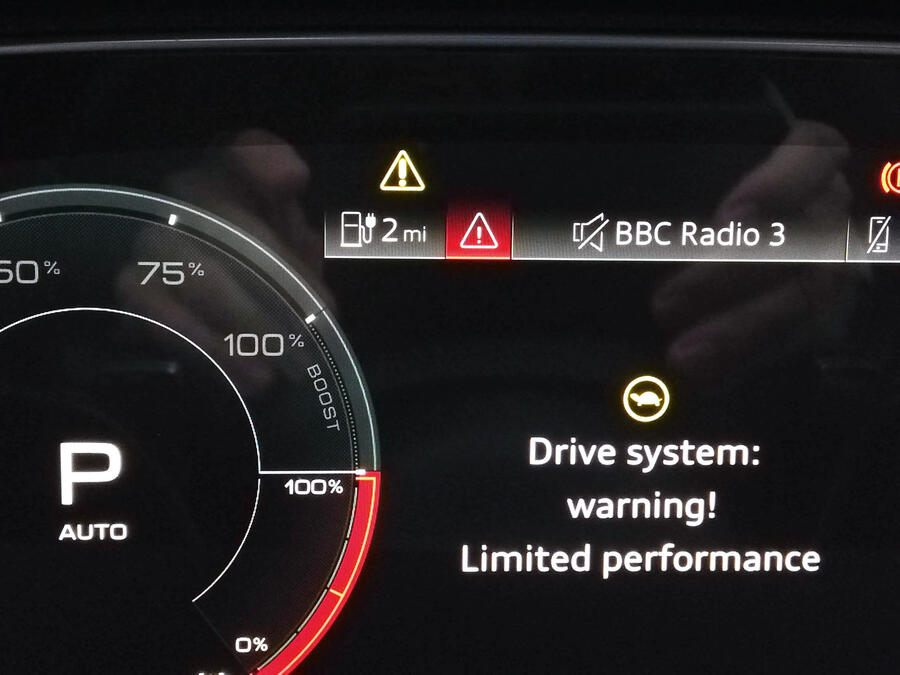
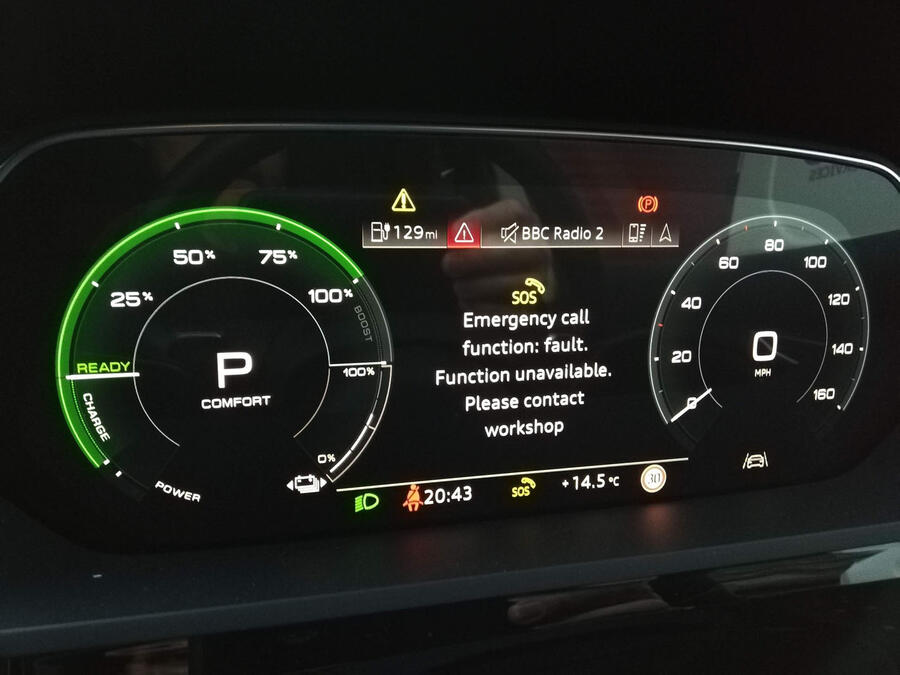
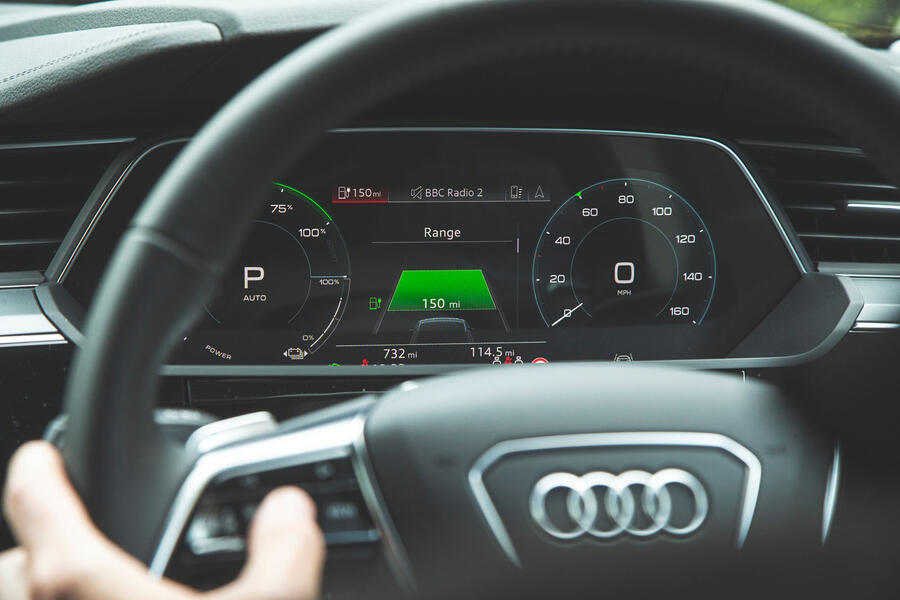

Join the debate
Add your comment
Gives wishes
I have much information about the car but don't enough for me. Before your article reading, I gain a lot of information from your article. So I say best wishes to you.
The usual suspects.
Unreliable and 2.5 tonnes no doubt if this was an ordinary customer they would have been told some other story. Instead of biting the bullet and getting the basics correct to get a reliable car VAG are already out for the options list...Here we go.."Surprisingly, you have to add the £1950 Tour Pack (which we’ve done) to get extra driver aids such as adaptive cruise control, lane-keeping assistance, traffic sign recognition and other collision avoidance systems. Our car has conventional door mirrors rather than the optional camera-based alternatives (sadly) and differs slightly from UK spec in that it has, as individual options, an advanced key for high-security keyless entry (normally part of the £1895 Comfort and Sound Pack) and super-clear Audi Beam LED puddle lights (otherwise available on the Launch Edition only)" The usual me-and-the-local-machanic-story from VAG. Same lack of R&D as per usual.
I see it's unreliable
As usual with VAG products it is designed to fail except this time within 3 months... No wonder VAG relaibility is poor,,
You think that's bad
You should see BMW's